The Innovations and Challenges of DeFi: How RAYS is Simplifying the DeFi Experience

The world of finance is undergoing a radical transformation, with decentralized finance (DeFi) leading the charge. By harnessing the power of blockchain technology, DeFi seeks to create a more open, transparent, and accessible financial system that operates without intermediaries like banks or brokerages. The potential of DeFi to disrupt traditional banking is immense, as evidenced by the meteoric rise in the total value locked (TVL) in DeFi protocols from a mere $1 billion in 2019 to over $200 billion in 2023.
Bold forecasts place the TVL in DeFi at $400-500 billion by 2024; however, it is crucial to consider the various factors influencing DeFi's growth, such as regulation, mass adoption, innovation, and overall market conditions, which make precise predictions challenging.
As with any emerging and rapidly-evolving technology, DeFi faces a number of challenges and complexities that can hinder both developers and users from fully realizing its potential. In this article, we'll delve into the innovations and challenges of the DeFi landscape and explore how RAYS is striving to simplify the DeFi experience for everyone.
The Innovations of DeFi: A New Era of Financial Services
- Decentralized exchanges (DEXs): The Future of Crypto Trading
- Lending and Borrowing Platforms: Unlocking Credit for All
- Stablecoins: The Foundation of the DeFi Ecosystem
Automated Market Makers (AMMs): The Future of Crypto Trading
- Yield Farming and Liquidity Mining: The New Frontier of DeFi Investing
- Decentralized Insurance: The Key to a Safer and More Secure DeFi Ecosystem
Decentralized Identity and Data Management: The Key to a More Secure and Private DeFi Ecosystem
Non-Fungible Tokens (NFTs): Unlocking New Opportunities in the DeFi Space
Cross-Chain Interoperability: The Key to a More Connected and Scalable DeFi Ecosystem
Innovative DeFi Projects and Protocols: Pushing the Boundaries of What's Possible
- Dai (MakerDAO)
- USDC (Circle and Coinbase)
- Tether (Tether Limited)
- Binance USD (Binance and Paxos)
- TrueUSD (TrustToken)
- Yearn.finance
- SushiSwap
- Curve Finance
- PancakeSwap (Binance Smart Chain)
- Alpha Finance Lab (Binance Smart Chain)
-
Case Study: The SushiSwap Scalability and Liquidity Challenge
-
The Challenge of Cross-Chain Interoperability in the DeFi Space
-
Case Study: The Impact of Cross-Chain Interoperability and Regulatory Uncertainty on Compound
-
The Potential Consequences and Benefits of the Challenges Facing the DeFi Space
- The One-Click DeFi Solution by RAYS: A User-Centric Approach
- Liquid Staking: An Innovative Approach to Liquidity by RAYS
- AI and Machine Learning: Enhancing Security and Usability
The Importance of Simplifying the DeFi Experience
- RAYS's One-Click DeFi Solution: Overcoming Barriers to Entry
- A More Inclusive and Accessible DeFi Ecosystem: Unlocking Potential Benefits
- Future Trends and Developments in DeFi
- The Future-Oriented Vision and Mission of RAYS
- Upcoming Features and Enhancements
- The Convergence of DeFi with Other Emerging Technologies

The Innovations of DeFi: A New Era of Financial Services
Decentralized finance (DeFi) is rapidly transforming the world of finance, offering a new era of financial services that are more open, transparent, and accessible than ever before. By leveraging blockchain technology, DeFi is creating a decentralized ecosystem of financial applications and protocols that operate without the need for intermediaries such as banks or brokerages. In this section, we'll explore the key innovations of the DeFi space, and the potential benefits they offer for users and the broader financial system.
Decentralized exchanges (DEXs): The Future of Crypto Trading
Imagine a world where you can buy, sell, and trade cryptocurrencies without the need for a centralized intermediary. A world where you have full control over your assets, and where your personal and financial information is not at risk of being hacked or misused. This is the world of decentralized exchanges (DEXs), and it's quickly becoming a reality.
In contrast to centralized exchanges (CEXs), which are run by a single company or entity and require users to deposit their assets into a centralized wallet, DEXs are built on blockchain technology and allow users to trade directly with one another. This peer-to-peer (P2P) trading model eliminates the need for a middleman, and offers a number of benefits, including:
- Increased security
With DEXs, users have full control over their assets, and there is no centralized wallet or database that can be hacked or compromised.
- Privacy and anonymity
DEXs do not require users to provide personal or financial information, and transactions are typically recorded on a public blockchain, providing a high degree of transparency and accountability.
- Censorship resistance
DEXs are not subject to the same regulatory or political pressures as CEXs, and are therefore less likely to be shut down or restricted.
Some of the most popular and innovative DEXs in the DeFi space include Uniswap, SushiSwap, and Curve Finance. These platforms are using cutting-edge technology and novel incentive structures to create a more efficient, accessible, and user-friendly trading experience.
At RAYS, we're excited about the potential of DEXs to transform the way we trade and interact with the financial system. That's why we're working to integrate DEXs into our one-click DeFi solution, and to provide users with the tools and resources they need to navigate the world of decentralized trading.

Lending and Borrowing Platforms: Unlocking Credit for All
In the traditional financial system, access to credit is often limited, expensive, and time-consuming. Banks and other financial institutions require extensive documentation, credit checks, and collateral, and can take days or even weeks to approve or reject a loan.
DeFi lending and borrowing platforms are changing all of that. By using blockchain technology and smart contracts, these platforms allow users to lend and borrow cryptocurrencies and other digital assets in a fast, secure, and transparent way.
Here's how it works: users can deposit their assets into a lending pool, and earn interest on their deposits. Borrowers can then take out a loan by pledging collateral, and pay interest on the loan. The entire process is automated and managed by smart contracts, which ensure that the terms of the loan are enforced and that the collateral is released when the loan is repaid.
Some of the advantages of DeFi lending and borrowing platforms include:
- Lower fees
DeFi lending and borrowing platforms typically charge lower fees than traditional banks or financial institutions, as they have lower overhead costs and do not require intermediaries.
- Faster settlement times
DeFi lending and borrowing platforms can settle loans in minutes or even seconds, as they do not require manual processing or verification.
- Greater accessibility
DeFi lending and borrowing platforms are available to anyone with an internet connection and a digital wallet, and do not require extensive documentation, credit checks, or collateral.
At RAYS, we believe that DeFi lending and borrowing platforms have the potential to revolutionize the way we access and use credit. By providing a fast, secure, and transparent way to lend and borrow digital assets, these platforms are creating a new era of financial services that is more inclusive, accessible, and user-friendly than ever before.
That's why we're committed to integrating DeFi lending and borrowing platforms into our one-click DeFi solution, and to providing users with the tools and resources they need to navigate the world of decentralized lending and borrowing. Whether you're a lender looking to earn interest on your assets, or a borrower looking for a fast and affordable loan, our platform will make it easy and convenient to access the services you need.

Stablecoins: The Foundation of the DeFi Ecosystem
Stablecoins are a type of cryptocurrency that is designed to maintain a stable value relative to a fiat currency or other asset. In the DeFi ecosystem, stablecoins play a crucial role, as they provide a reliable and predictable store of value, and reduce the volatility and risk associated with other cryptocurrencies.
Here's how stablecoins work: a stablecoin issuer creates a new cryptocurrency, and backs it with a reserve of fiat currency or other assets. The issuer then uses a combination of market mechanisms and smart contracts to ensure that the value of the stablecoin remains pegged to the value of the underlying asset.
Some of the benefits of stablecoins in the DeFi ecosystem include:
- Reduced volatility
Stablecoins provide a stable and predictable store of value, which reduces the volatility and risk associated with other cryptocurrencies.
- Increased stability
Stablecoins provide a reliable and consistent basis for pricing and valuation in the DeFi ecosystem, which increases the stability and reliability of the system as a whole.
- Greater accessibility
Stablecoins provide a familiar and intuitive interface for users who are new to the world of cryptocurrencies, and who are more comfortable with traditional fiat currencies.
As the DeFi ecosystem continues to grow and evolve, stablecoins are becoming an increasingly important part of the picture. By providing a stable and predictable store of value, stablecoins reduce the volatility and risk associated with other cryptocurrencies, and provide a reliable and consistent basis for pricing and valuation.
That's why it's crucial for DeFi platforms and protocols to fully integrate with the leading stablecoin projects, and to provide users with a wide range of stablecoin options. Whether you're looking for a stablecoin that is backed by US dollars, or one that is backed by a basket of assets, you should be able to easily and conveniently access the services you need.
At RAYS, we're committed to providing our users with the best possible DeFi experience, and to ensuring that our platform is fully integrated with the leading stablecoin projects and protocols. We believe that stablecoins are a key part of the DeFi ecosystem, and that they will play an increasingly important role in the future of finance.

Automated Market Makers (AMMs): The Future of Crypto Trading
In the traditional financial system, trading is typically conducted through order book-based exchanges, where buyers and sellers submit orders to buy or sell a particular asset at a particular price. These orders are then matched by the exchange, and the trade is executed.
In the world of DeFi, however, a new type of exchange is emerging: the automated market maker (AMM). AMMs use a different approach to trading, one that is based on algorithms and smart contracts, rather than order books.
Here's how AMMs work: instead of matching orders, AMMs maintain a pool of assets, and allow users to trade directly with the pool. The price of the asset is determined by the ratio of the assets in the pool, and is constantly adjusted by the algorithm to ensure that the pool remains balanced.
Some of the benefits of AMMs include:
- Increased liquidity
AMMs provide a constant and reliable source of liquidity, as users can trade with the pool at any time.
- Reduced slippage
AMMs minimize the risk of slippage, as the price of the asset is constantly adjusted to ensure that the pool remains balanced.
- Greater accessibility
AMMs provide a fast and convenient way to trade cryptocurrencies and other digital assets, and do not require the extensive documentation and verification processes of traditional exchanges.
As the DeFi ecosystem continues to evolve and mature, automated market makers (AMMs) are emerging as a powerful and innovative new way to trade cryptocurrencies and other digital assets. By using algorithms and smart contracts to maintain a pool of assets, AMMs provide a fast, convenient, and reliable source of liquidity, and minimize the risk of slippage and other trading errors.
At RAYS, we're committed to providing our users with the best possible DeFi experience, and to staying at the forefront of the latest trends and innovations in the space. That's why we're excited about the potential of AMMs to transform the world of crypto trading, and to create a more efficient, accessible, and user-friendly trading experience.
Whether you're a seasoned trader or a newcomer to the world of DeFi, our platform will make it easy and convenient to access the services you need, and to navigate the world of decentralized trading with confidence and ease.

Yield Farming and Liquidity Mining: The New Frontier of DeFi Investing
DeFi's dynamic landscape introduces yield farming and liquidity mining as two of the most captivating and groundbreaking methods for generating returns on investments. These approaches involve supplying liquidity to decentralized exchanges (DEXs) and other DeFi protocols, as well as engaging in various incentive programs, which can result in substantial profits, frequently in the form of newly-minted tokens or coins.
Here's how yield farming and liquidity mining work: investors deposit their assets into a liquidity pool, and receive a corresponding share of the pool in the form of a liquidity provider (LP) token. The LP token can then be used to participate in various incentive programs, such as staking, lending, or borrowing, and to earn additional returns.
Some of the benefits of yield farming and liquidity mining include:
- Increased returns
Investors can earn significant returns on their investments, often in the form of newly-issued tokens or coins.
- Greater liquidity
Yield farming and liquidity mining provide a constant and reliable source of liquidity to DEXs and other DeFi protocols, which increases the stability and reliability of the system as a whole.
- Innovative incentive structures
Yield farming and liquidity mining often involve innovative and creative incentive structures, which can provide additional value and utility to investors.
At RAYS, we're committed to providing our users with the best possible DeFi experience, and to staying at the forefront of the latest trends and innovations in the space. That's why we're excited about the potential of yield farming and liquidity mining to transform the world of DeFi investing, and to create a new frontier of opportunity and value for investors.

Decentralized Insurance: The Key to a Safer and More Secure DeFi Ecosystem
Risk and uncertainty are inherent in the world of decentralized finance (DeFi). From smart contract vulnerabilities and hacks, to market volatility and liquidity crises, there are numerous potential threats and challenges that investors and users must be mindful of.
In this dynamic and rapidly-evolving ecosystem, it's crucial to have access to the tools and resources you need to manage risk and uncertainty, and to protect your assets and investments. That's where decentralized insurance comes in.
By using blockchain technology and smart contracts to create a decentralized and transparent insurance marketplace, decentralized insurance providers are able to offer a wide range of coverage options, at lower fees and with greater accessibility than traditional insurance providers.
Here's how decentralized insurance works: investors and users can purchase coverage for a particular risk or threat, such as a smart contract bug or a market downturn. The coverage is provided by a decentralized pool of capital, which is managed by a smart contract and a network of validators. If the risk or threat materializes, the investor or user is able to file a claim, and the claim is adjudicated by the network of validators.
Some of the benefits of decentralized insurance include:
- Greater transparency
Decentralized insurance providers use blockchain technology and smart contracts to create a transparent and auditable insurance marketplace, which increases trust and accountability.
- Lower fees
Decentralized insurance providers are able to offer lower fees than traditional insurance providers, as they have lower overhead costs and do not require intermediaries.
- Increased accessibility
Decentralized insurance providers are able to offer coverage options to a wider range of investors and users, including those who may not have access to traditional insurance providers.
As the DeFi ecosystem continues to grow and evolve, decentralized insurance is emerging as a crucial component of the system. By providing a transparent, secure, and accessible way to manage risk and uncertainty, decentralized insurance providers are helping to create a safer and more secure DeFi ecosystem.
At RAYS, we understand the importance of decentralized insurance, and we're committed to providing our users with the best possible DeFi experience. That's why we're working to ensure that our platform is fully integrated with the leading decentralized insurance providers, and that our users have access to the widest range of coverage options.
We believe that decentralized insurance is a key part of the DeFi ecosystem, and that it will play an increasingly important role in the future of finance. Whether you're an investor looking to protect your assets, or a user looking to manage your risk, our platform will make it easy and convenient to access the services you need.

Decentralized Identity and Data Management: The Key to a More Secure and Private DeFi Ecosystem
Privacy and security are of the utmost importance in the realm of decentralized finance (DeFi). With the amount of sensitive information and valuable assets involved, it's essential to have dependable and trustworthy identity and data management solutions.
However, traditional identity and data management systems are often centralized, lack transparency, and are susceptible to hacks and breaches. In the DeFi space, a new approach is necessary: decentralized identity and data management.
Decentralized identity and data management solutions leverage blockchain technology and smart contracts to establish a secure, transparent, and user-controlled identity and data management system. With decentralized identity and data management, users have complete control over their personal data and can decide who has access to it and how it's utilized.
Some of the benefits of decentralized identity and data management include:
- Increased privacy
Decentralized identity and data management solutions offer users more control over their personal data and ensure that it's not shared with third parties without their consent.
- Enhanced security
Decentralized identity and data management solutions use blockchain technology and smart contracts to create a secure and tamper-proof identity and data management system, which is less vulnerable to hacks and breaches.
- Greater control
Decentralized identity and data management solutions empower users with full control over their personal data and enable them to manage their identity and data in a transparent and user-friendly manner.
At RAYS, we're dedicated to providing our users with the best DeFi experience possible, and that includes integrating our platform with leading decentralized identity and data management solutions. We believe that decentralized identity and data management is a vital component of the DeFi ecosystem and will play an increasingly significant role in the future of finance.

Non-Fungible Tokens (NFTs): Unlocking New Opportunities in the DeFi Space
The world of decentralized finance (DeFi) is constantly evolving, and one of the most exciting and innovative new developments is the rise of non-fungible tokens (NFTs).
NFTs are a type of cryptocurrency that is unique and cannot be exchanged for an identical token. Unlike traditional cryptocurrencies, such as Bitcoin or Ethereum, which are fungible and can be exchanged for an equal amount, NFTs represent ownership and control over a specific digital asset, such as a piece of art, music, or a collectible item.
The potential benefits of NFTs in the DeFi space are vast. By providing a secure, transparent, and user-controlled way to manage and transfer ownership of digital assets, NFTs are unlocking new opportunities and business models in the world of DeFi.
Some of the benefits of NFTs include:
- Increased ownership and control
NFTs provide users with complete ownership and control over their digital assets, and enable them to manage and transfer ownership in a secure and transparent way.
- Creation of new markets
NFTs are creating new markets and opportunities for artists, musicians, and other creators, by providing a way to monetize and distribute their work in a decentralized and user-controlled way.
- Innovative business models
NFTs are enabling the creation of new and innovative business models, such as decentralized marketplaces, gaming platforms, and virtual worlds.
NFTs are a game-changing innovation in the DeFi space, providing a secure, transparent, and user-controlled way to manage and transfer ownership of digital assets. With the potential to unlock new markets and business models, NFTs are poised to transform the world of DeFi and create new opportunities and value for investors and users alike. As the DeFi ecosystem continues to evolve and expand, NFTs are sure to play an increasingly important role in shaping its future.

Cross-Chain Interoperability: The Key to a More Connected and Scalable DeFi Ecosystem
The world of decentralized finance (DeFi) is rapidly expanding, with new projects, protocols, and platforms emerging every day. However, one of the biggest challenges facing the DeFi ecosystem is the lack of interoperability between different blockchain networks.
In order for the DeFi ecosystem to reach its full potential, it's essential to have seamless and secure cross-chain interoperability. This will enable users to easily and securely transfer assets between different blockchain networks, and to access a wider range of DeFi services and opportunities.
Some of the benefits of cross-chain interoperability include:
- Increased liquidity
Cross-chain interoperability will enable users to access a wider range of DeFi services and opportunities, and to easily and securely transfer assets between different blockchain networks. This will increase the overall liquidity of the DeFi ecosystem, and enable users to take advantage of more favorable prices and trading opportunities.
- Improved scalability
Cross-chain interoperability will enable the DeFi ecosystem to scale more efficiently and effectively, by enabling users to access a wider range of DeFi services and opportunities, and to easily and securely transfer assets between different blockchain networks. This will reduce the congestion and high transaction fees that can occur on a single blockchain network, and enable the DeFi ecosystem to support a larger and more diverse user base.
- Greater innovation
Cross-chain interoperability will enable developers and entrepreneurs to build more innovative and creative DeFi projects and platforms, by enabling them to access a wider range of assets, protocols, and services. This will create a more vibrant and dynamic DeFi ecosystem, and enable users to access a wider range of DeFi services and opportunities.
Cross-chain interoperability is essential for the continued growth and success of the DeFi ecosystem. By enabling users to easily and securely transfer assets between different blockchain networks, and to access a wider range of DeFi services and opportunities, cross-chain interoperability will increase the overall liquidity, scalability, and innovation of the DeFi ecosystem.

Innovative DeFi Projects and Protocols: Pushing the Boundaries of What's Possible
Decentralized finance (DeFi) is a rapidly evolving space, with new projects and protocols emerging all the time. In this section, we'll take a closer look at some of the most exciting and innovative DeFi projects and protocols that are leading the way in each of the areas we've discussed. From decentralized exchanges to lending and borrowing platforms, stablecoins to automated market makers, yield farming to decentralized insurance, and beyond, these projects and protocols are pushing the boundaries of what's possible in the world of finance.
Decentralized Exchanges (DEXs)
Decentralized exchanges (DEXs) are one of the most exciting and transformative areas of the DeFi space. By enabling users to trade cryptocurrencies and other digital assets directly with each other, without the need for intermediaries, DEXs are democratizing finance and creating a more open and accessible marketplace.
In the following sections, we will take a closer look at some of the leading decentralized exchanges (DEXs) in the DeFi space, including Uniswap, SushiSwap, Curve Finance, Balancer, and 1inch. These platforms are at the forefront of innovation and adoption in the DEX space, and are helping to drive the growth and development of the DeFi ecosystem as a whole.
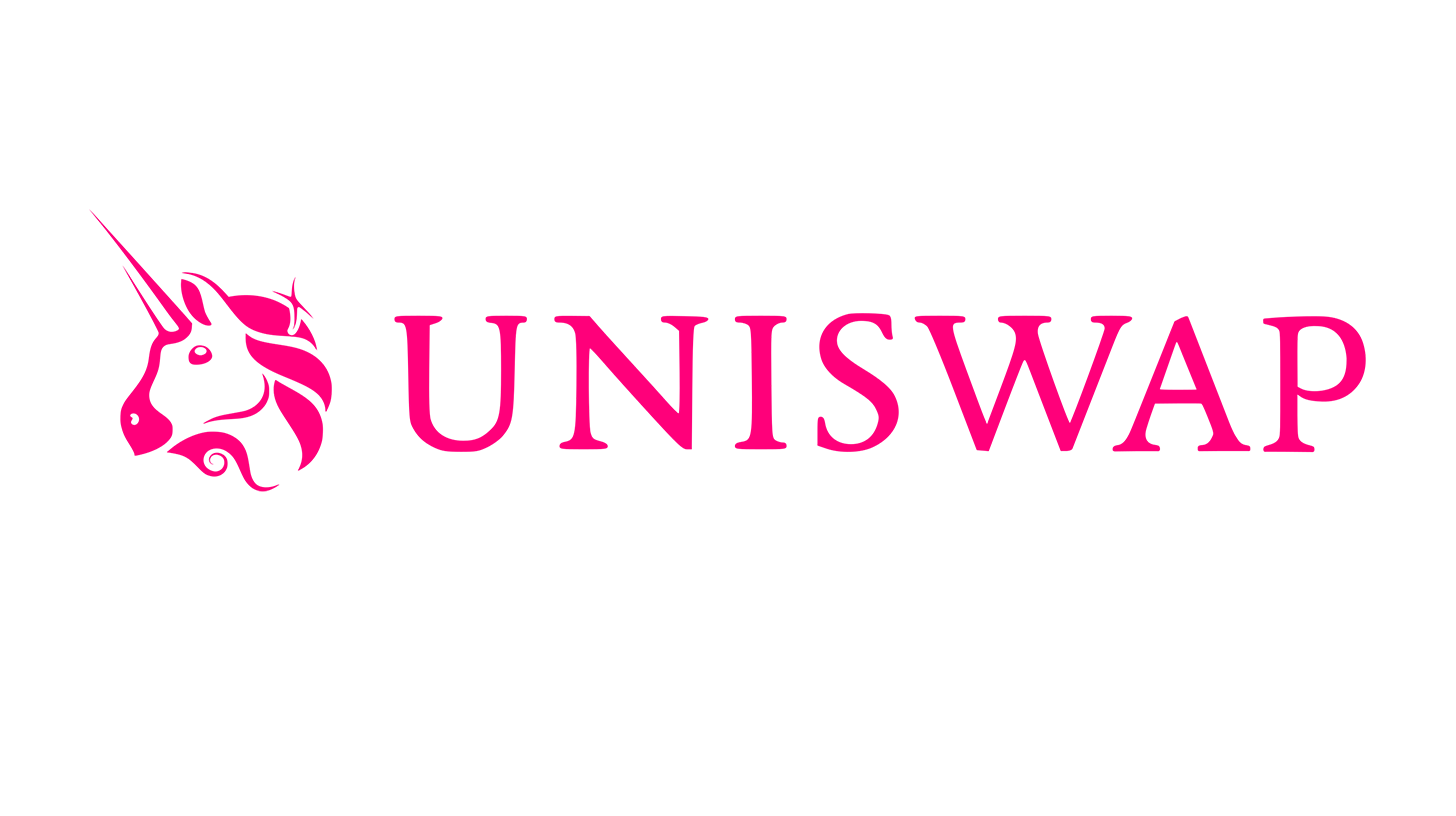
Uniswap
One of the most popular and innovative DEXs is Uniswap. Launched in 2018, Uniswap is a decentralized protocol built on the Ethereum blockchain that uses an automated market maker (AMM) model to facilitate trades. Unlike traditional order book-based exchanges, where buyers and sellers must match their orders to execute a trade, Uniswap's AMM model uses liquidity pools to enable instant and seamless trades.
Users can deposit their assets into a liquidity pool and earn fees for providing liquidity, or they can swap assets directly from the pool. Uniswap's simplicity, ease of use, and low fees have made it a favorite among DeFi users, and it has become one of the largest and most active DEXs in the world.

SushiSwap
SushiSwap is another popular decentralized exchange (DEX) that uses an automated market maker (AMM) model. Launched in 2020 as a fork of Uniswap, SushiSwap quickly gained traction and established itself as a leading DEX in the DeFi space.
One of the key innovations of SushiSwap is its use of liquidity mining to incentivize users to provide liquidity to the platform. By depositing their assets into a liquidity pool, users can earn SUSHI tokens, which can be used for governance and to earn a share of the platform's trading fees.
SushiSwap also offers a range of additional features and integrations, such as yield farming, lending and borrowing, and cross-chain interoperability, making it a versatile and powerful DeFi platform.
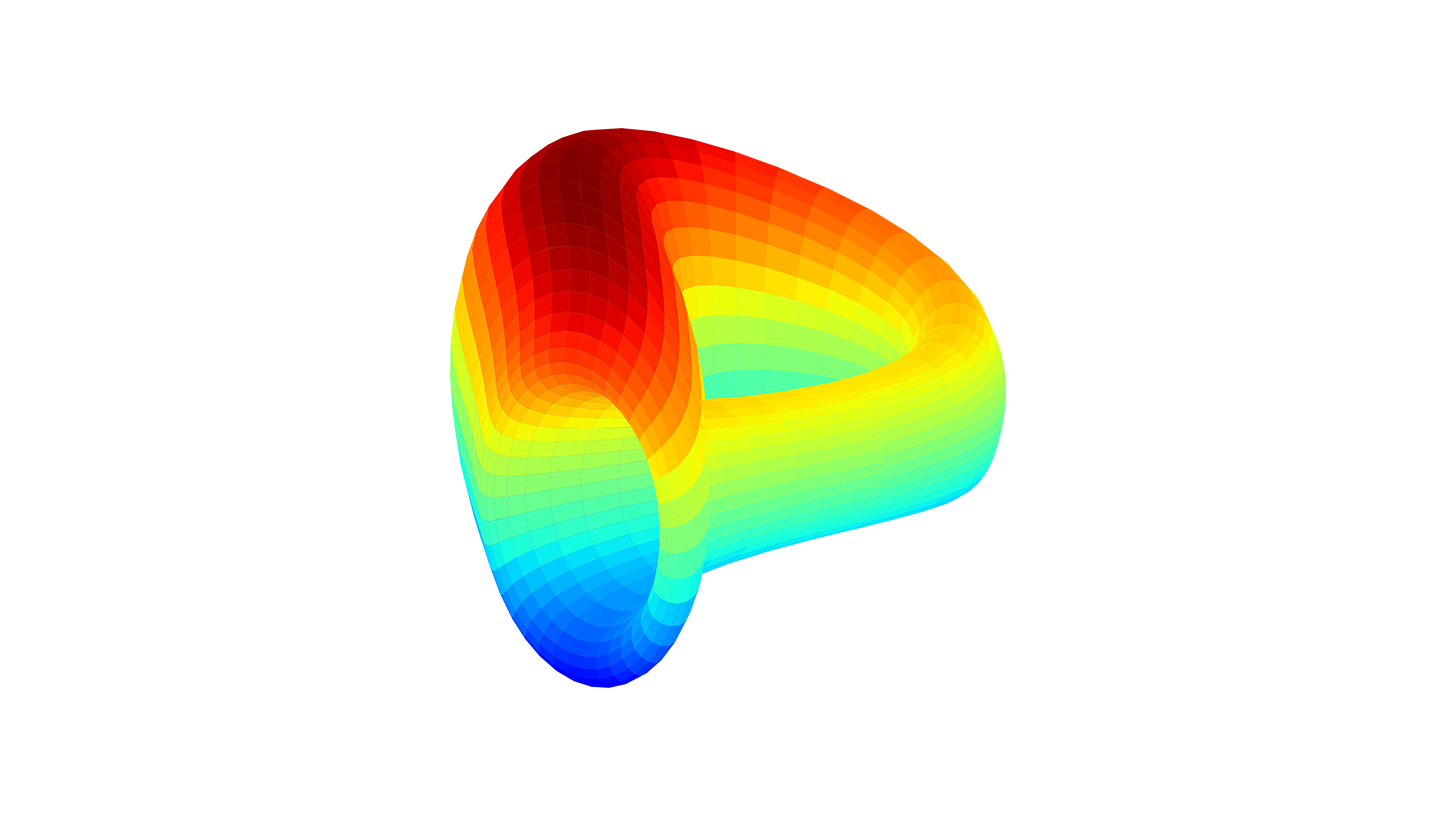
Curve Finance
Curve Finance is a decentralized exchange (DEX) that specializes in stablecoin trading. Launched in 2020, Curve has quickly become one of the most popular and widely-used DEXs in the DeFi space.
One of the key innovations of Curve is its use of a customized automated market maker (AMM) model that minimizes slippage and optimizes for low-volatility assets like stablecoins. This makes it an ideal platform for users who want to swap between different stablecoins or earn yield by providing liquidity to stablecoin pools.
Curve also offers a range of additional features and integrations, such as yield farming, lending and borrowing, and cross-chain interoperability, making it a versatile and powerful DeFi platform.

Balancer
Balancer is a decentralized exchange (DEX) and automated portfolio manager that enables users to create and manage customized token pools. Launched in 2020, Balancer has quickly become one of the most innovative and popular DeFi platforms.
One of the key features of Balancer is its ability to automatically rebalance token pools to maintain a desired asset allocation. This makes it an ideal platform for users who want to create and manage a diversified portfolio of cryptocurrencies and other digital assets.
Balancer also uses an automated market maker (AMM) model to facilitate trades, and offers a range of additional features and integrations, such as liquidity mining, yield farming, and cross-chain interoperability.
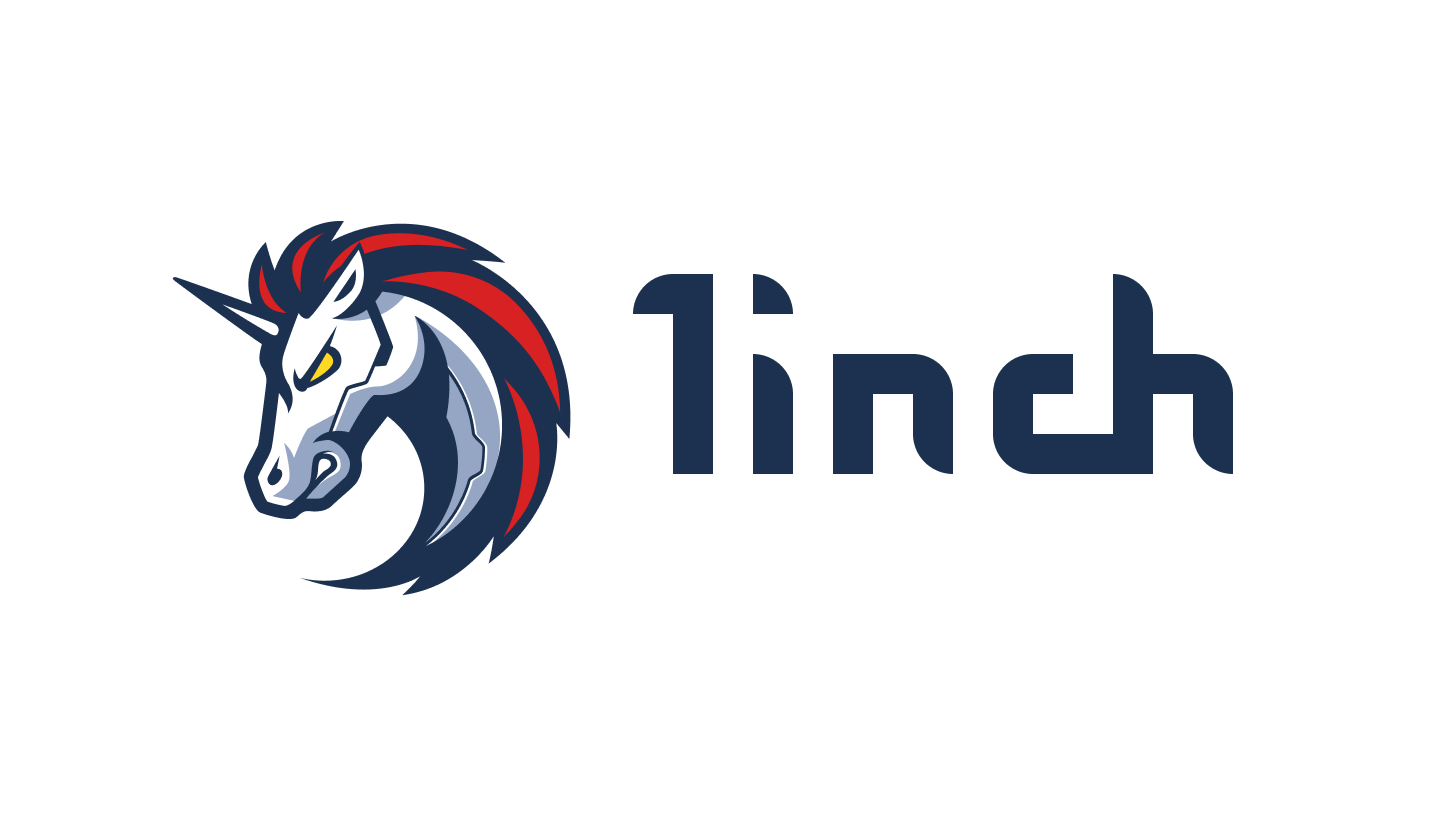
1inch
1inch is a decentralized exchange (DEX) aggregator that enables users to access the best available prices and liquidity across multiple DEXs. Launched in 2019, it has quickly become one of the most popular and widely-used DeFi platforms.
The platform excels in its capacity to divide trades across numerous DEXs, effectively minimizing slippage and securing the most favorable available price. This functionality is particularly beneficial for users seeking to perform substantial trades or tap into extensive liquidity.
In addition to its core functionality, 1inch offers a range of additional features and integrations, such as yield farming, lending and borrowing, and cross-chain interoperability, making it a versatile and powerful DeFi platform.

Lending and Borrowing Platforms
Lending and borrowing platforms are a crucial component of the DeFi space, enabling users to earn interest on their cryptocurrencies and other digital assets, or to borrow assets against collateral. These platforms are democratizing finance and creating a more open and accessible marketplace for lending and borrowing.
In the subsequent sections, we will examine some of the most prominent lending and borrowing platforms in the DeFi space, such as Compound, Aave, MakerDAO, Yearn.finance, and Cream Finance. These platforms are pioneers in the lending and borrowing space, driving the growth and development of the DeFi ecosystem through their innovative features and integrations.
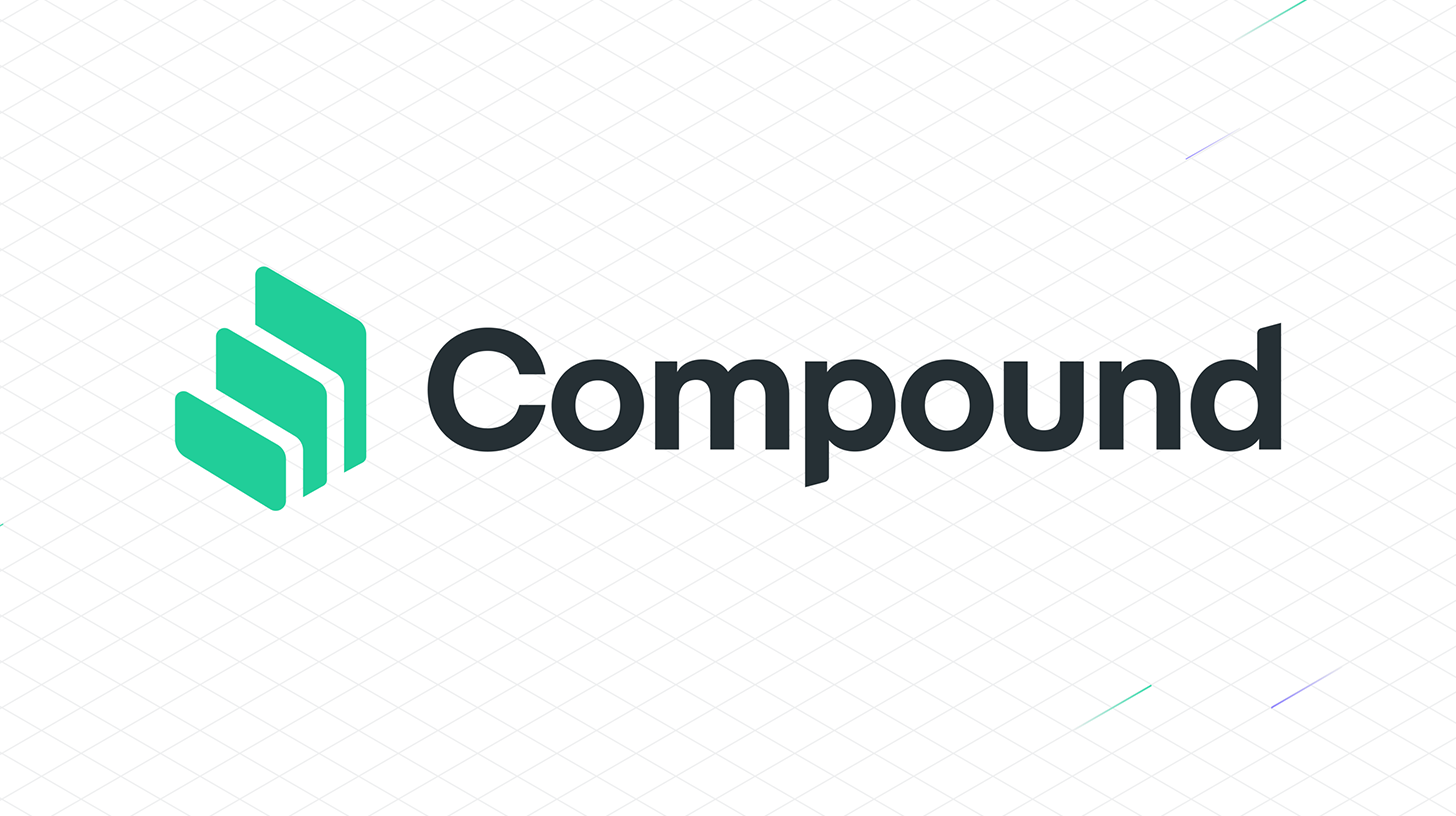
Compound
One of the most popular and innovative lending and borrowing platforms is Compound. Launched in 2018, Compound is a decentralized protocol built on the Ethereum blockchain that enables users to lend and borrow a range of cryptocurrencies and other digital assets.
Compound uses an algorithmic interest rate model that adjusts based on supply and demand, ensuring that lenders and borrowers always receive a fair and competitive rate. Users can also earn COMP tokens, which can be used for governance and to earn a share of the platform's fees, by providing liquidity or borrowing assets.
Compound's simplicity, ease of use, and innovative features have made it a favorite among DeFi users, and it has become one of the largest and most active lending and borrowing platforms in the world.
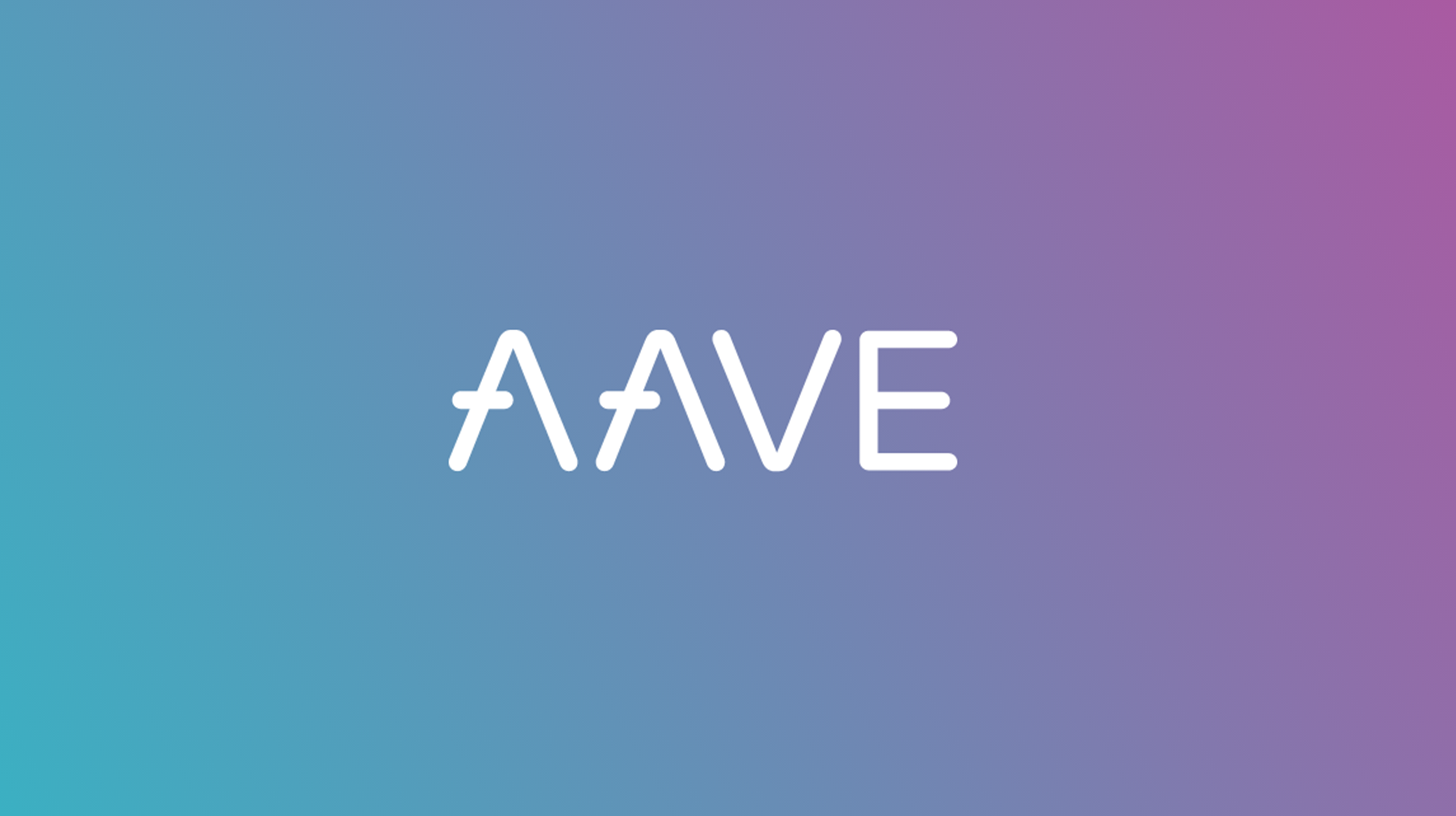
Aave
Aave is another popular and innovative lending and borrowing platform in the DeFi space. Launched in 2017, it is a decentralized protocol built on the Ethereum blockchain that enables users to lend and borrow a range of cryptocurrencies and other digital assets.
The platform stands out for its extensive support of various assets, encompassing popular cryptocurrencies like Bitcoin and Ethereum, as well as more specialized ones like Chainlink and Synthetix. This comprehensive asset range makes Aave an excellent choice for users who wish to explore a broad spectrum of lending and borrowing opportunities.
Aave also uses an algorithmic interest rate model that adjusts based on supply and demand, and offers a range of additional features and integrations, such as flash loans, yield farming, and cross-chain interoperability.
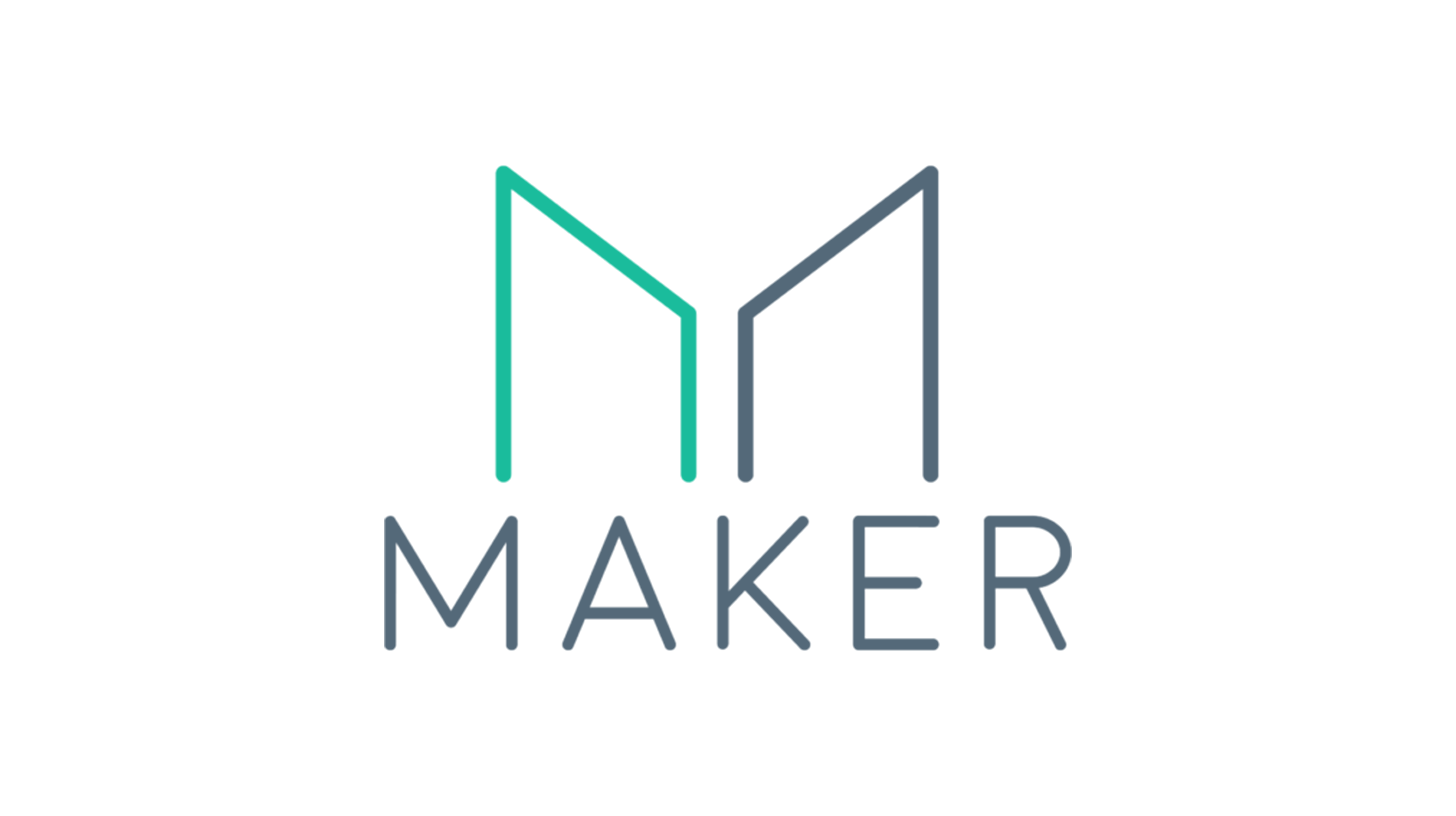
MakerDAO
MakerDAO is a decentralized lending and borrowing platform built on the Ethereum blockchain. Launched in 2015, MakerDAO is one of the oldest and most established DeFi projects, and has played a key role in the development of the DeFi space.
One of the key features of MakerDAO is its use of a dual-token model, with MKR tokens used for governance and DAI tokens used as a stablecoin. Users can borrow DAI against collateral in the form of other cryptocurrencies and digital assets, and the platform's automated liquidation and auction mechanisms ensure that the system remains solvent and stable.
MakerDAO has been a frontrunner in shaping decentralized governance, utilizing a community-centered approach that empowers users to contribute to the decision-making process and influence the platform's future.

Yearn.finance
Yearn.finance, a decentralized yield aggregator and lending and borrowing platform, was launched in 2020 on the Ethereum blockchain. Its rapid rise in popularity and innovative DeFi solutions have made it a go-to choice for users seeking to maximize yield and returns.
The platform's standout feature is the use of automated strategies and algorithms to secure the most favorable yields and returns. Users can deposit their assets into a variety of vaults, each with its own unique approach and set of protocols to boost yield.
In addition to its core functionality, Yearn.finance offers a range of features and integrations, such as lending and borrowing, liquidity mining, and cross-chain interoperability, further solidifying its position as a versatile and powerful DeFi platform.
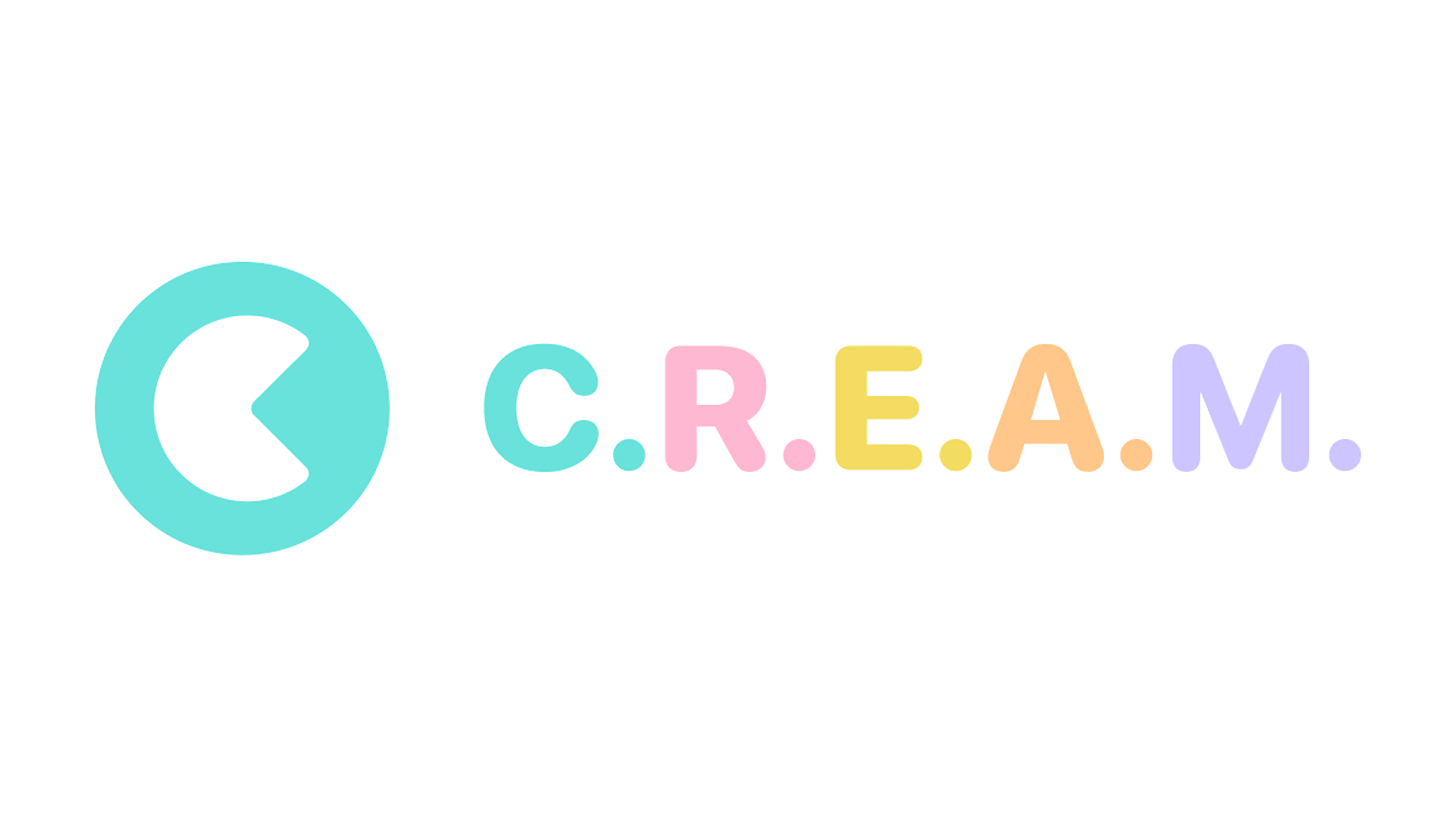
Cream Finance
Cream Finance, a decentralized lending and borrowing platform, was launched in 2020 on the Ethereum blockchain. It has swiftly risen to prominence as a significant player in the DeFi space, emphasizing innovation and flexibility.
The platform's strength lies in its ability to support a vast array of assets, including well-known cryptocurrencies like Bitcoin and Ethereum, as well as more specialized ones like Yearn.finance and Chainlink. This comprehensive asset range makes Cream Finance an excellent choice for users interested in exploring diverse lending and borrowing opportunities.
Cream Finance's algorithmic interest rate model dynamically adjusts based on supply and demand. Additionally, the platform offers a range of features and integrations, such as yield farming, liquidity mining, and cross-chain interoperability, further enhancing its appeal.

Stablecoins
Stablecoins are a category of cryptocurrency that aims to maintain a stable value in relation to a particular asset or group of assets. In the DeFi space, stablecoins have become a popular tool for facilitating transactions, storing value, and collateralizing loans and other financial instruments.
In the subsequent sections, we will delve into some of the most prominent stablecoins in the DeFi space, such as Dai, USDC, Tether, Binance USD and TrueUSD. These stablecoins are leading the way in innovation and adoption in the stablecoin space, and are playing a crucial role in the growth and development of the DeFi ecosystem.
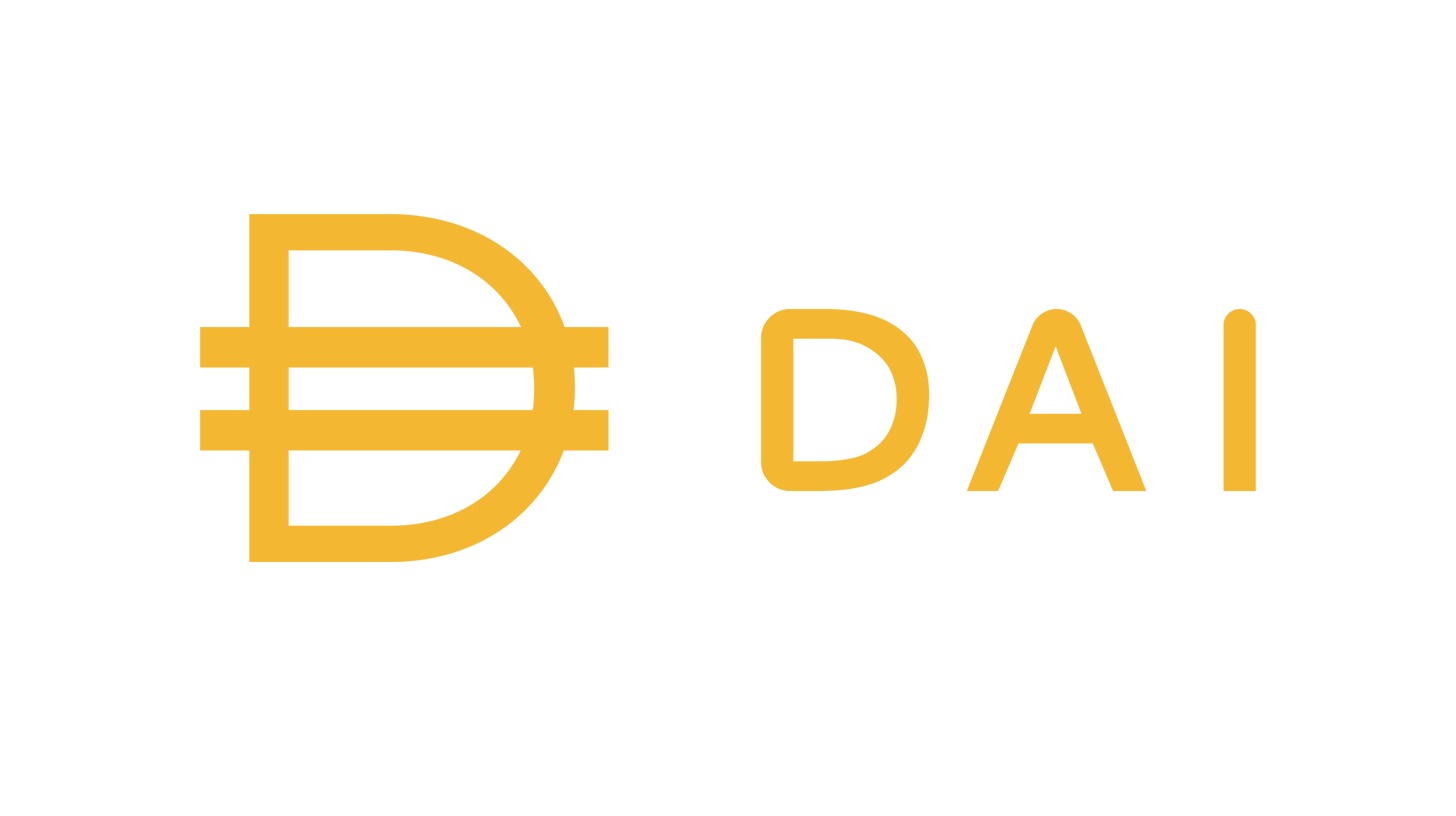
Dai (MakerDAO)
As a decentralized stablecoin, Dai operates on the Ethereum blockchain and is issued by the MakerDAO protocol. Since its launch in 2017, Dai has gained significant popularity and widespread usage in the DeFi space.
A key advantage of Dai is its ability to maintain a stable value relative to the US dollar. This is accomplished through a combination of smart contracts, collateral, and market incentives. Users can obtain Dai loans by depositing collateral in the form of various cryptocurrencies and digital assets. The platform's automated liquidation and auction mechanisms ensure the system's solvency and stability.
In the realm of decentralized governance, Dai has been a frontrunner. Its community-centered model allows users to actively participate in the decision-making process, thereby shaping the platform's future trajectory.
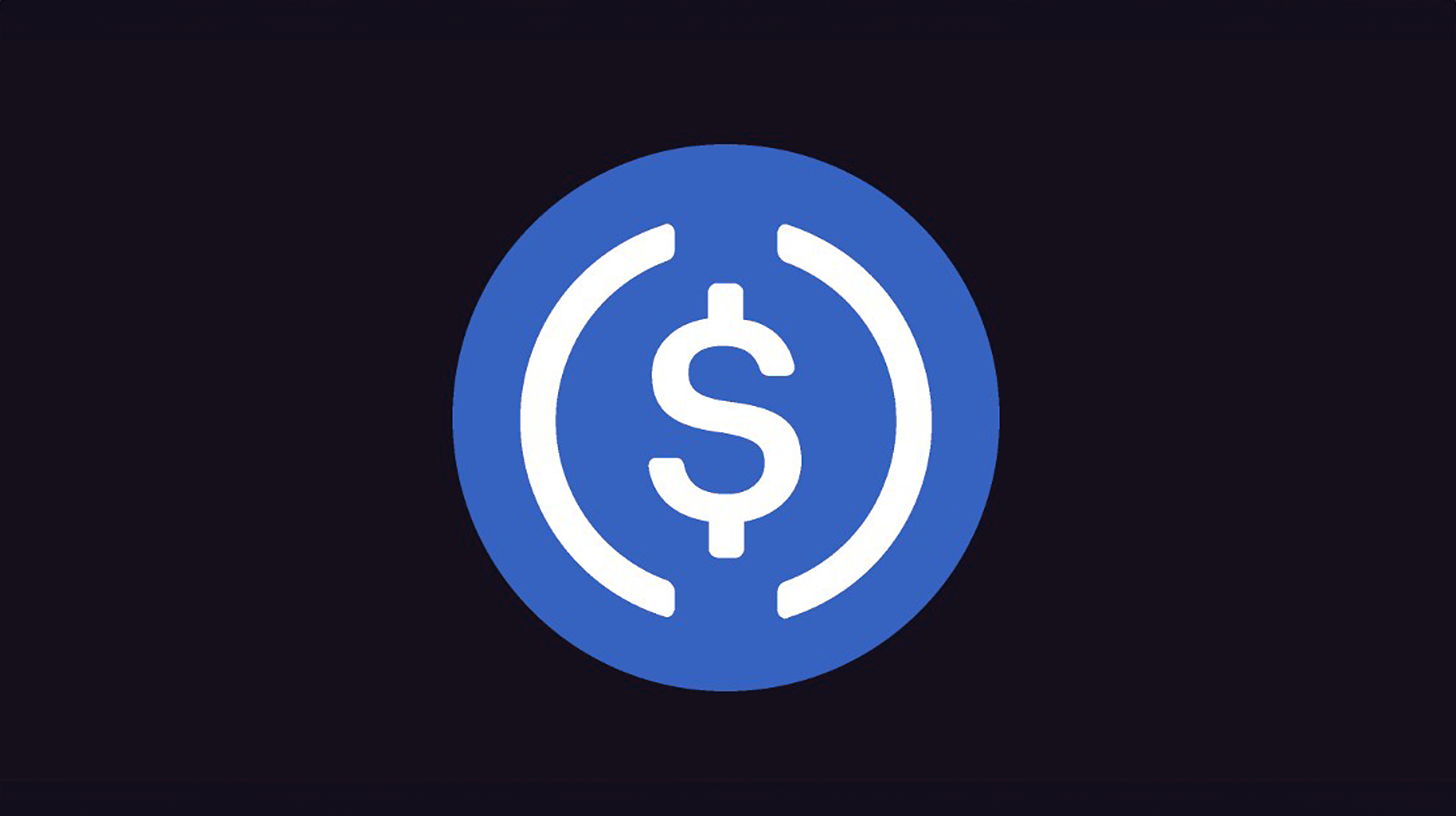
USDC (Circle and Coinbase)
USDC is a centralized stablecoin issued by Circle and Coinbase, two of the largest and most well-known companies in the cryptocurrency and blockchain space. Launched in 2018, USDC has quickly become one of the most popular and widely-used stablecoins in the world.
One of the key features of USDC is its ability to maintain a stable value relative to the US dollar, using a combination of fiat reserves, audits, and market incentives. Users can buy and sell USDC on a range of different exchanges and platforms, and use it as a medium of exchange, a store of value, or a means of collateralizing loans and other financial instruments.
USDC has been at the forefront of fostering regulatory compliance and transparency, emphasizing the importance of trust and credibility with users, regulators, and other stakeholders in its approach.
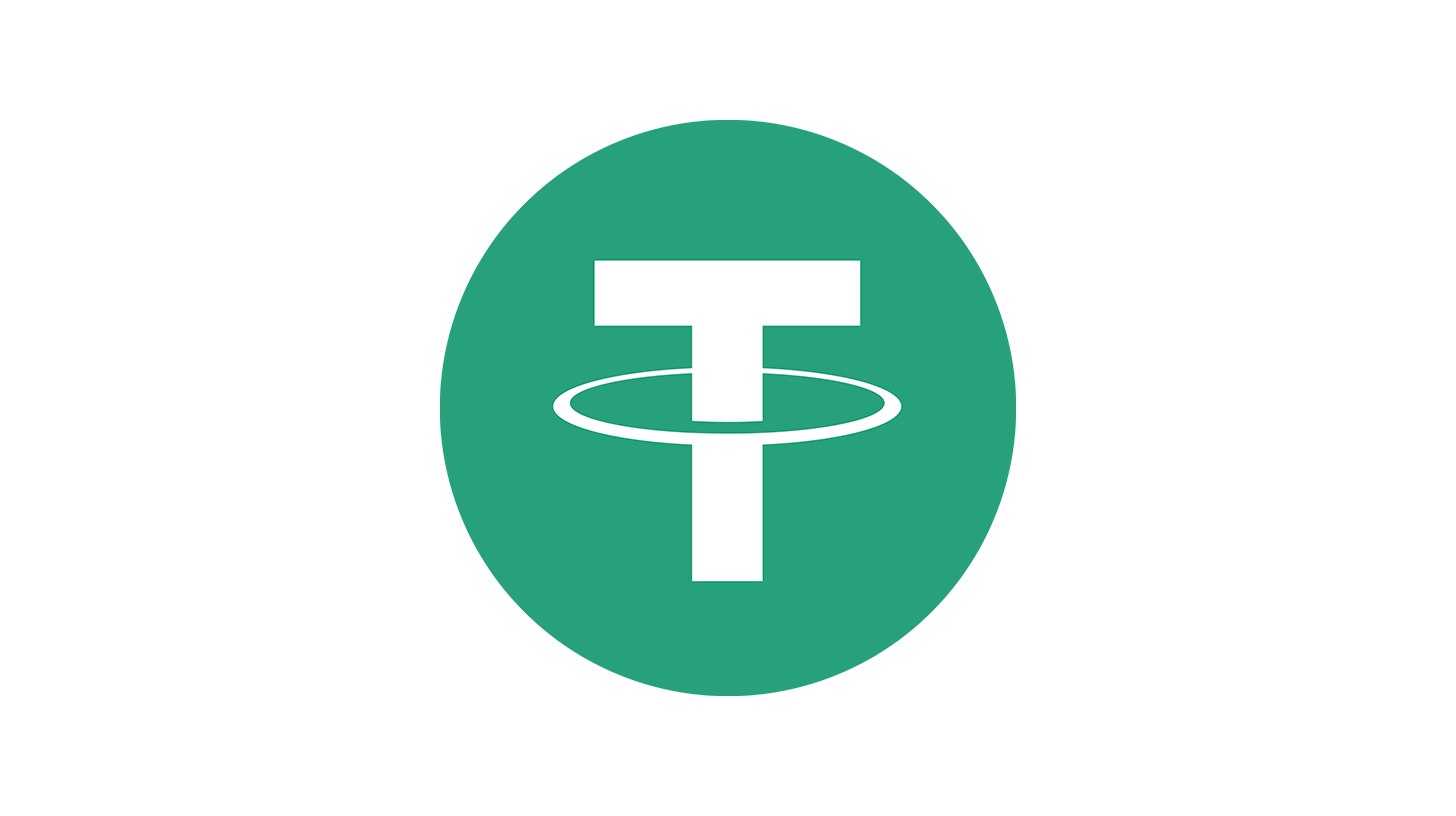
Tether (Tether Limited)
Tether Limited, a Hong Kong-based company, issues Tether, a centralized stablecoin. Introduced in 2014, Tether has become one of the most widely-used and oldest stablecoins globally, boasting a market capitalization of over $60 billion.
The stable value of Tether in relation to the US dollar is achieved through a combination of fiat reserves, audits, and market incentives. Users can buy and sell Tether on various exchanges and platforms, using it as a medium of exchange, a store of value, or a means to collateralize loans and other financial instruments.
Tether has played a significant role in the advancement and widespread adoption of stablecoin technology, emphasizing the importance of establishing trust and credibility with users, regulators, and other stakeholders.
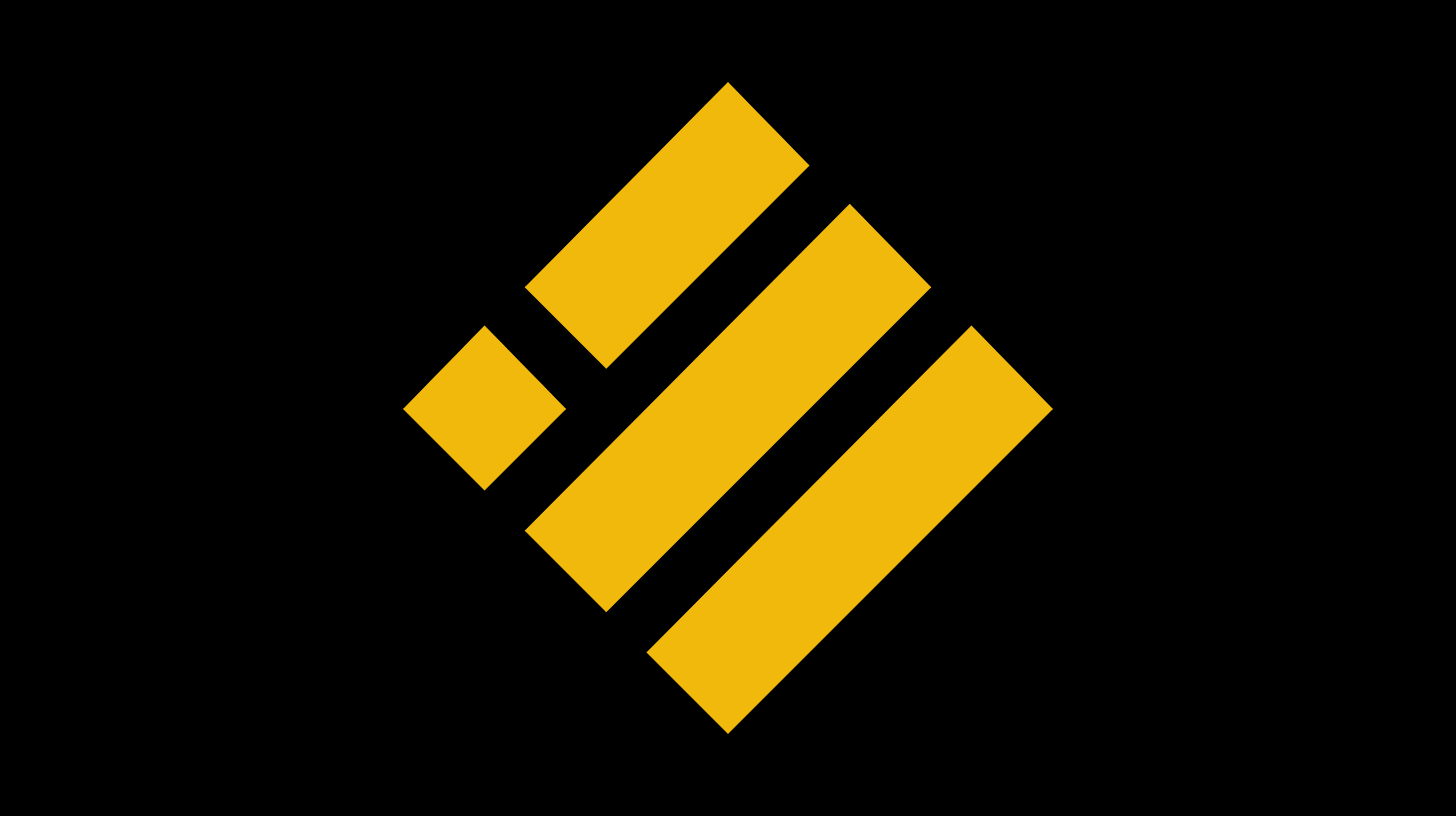
Binance USD (Binance and Paxos)
Binance, a prominent cryptocurrency exchange, and Paxos, a regulated financial institution and stablecoin issuer, have jointly issued Binance USD, a centralized stablecoin. Launched in 2019, it has swiftly gained popularity and widespread usage.
A notable characteristic of Binance USD is its ability to maintain a stable value in relation to the US dollar. This is achieved through a combination of fiat reserves, audits, and market incentives. Users can purchase and trade Binance USD on the Binance exchange and other platforms, utilizing it as a medium of exchange, a store of value, or a means to collateralize loans and other financial instruments.
The advancement and adoption of stablecoin technology have been significantly impacted by Binance USD, with a focus on fostering trust and credibility among users, regulators, and other stakeholders.
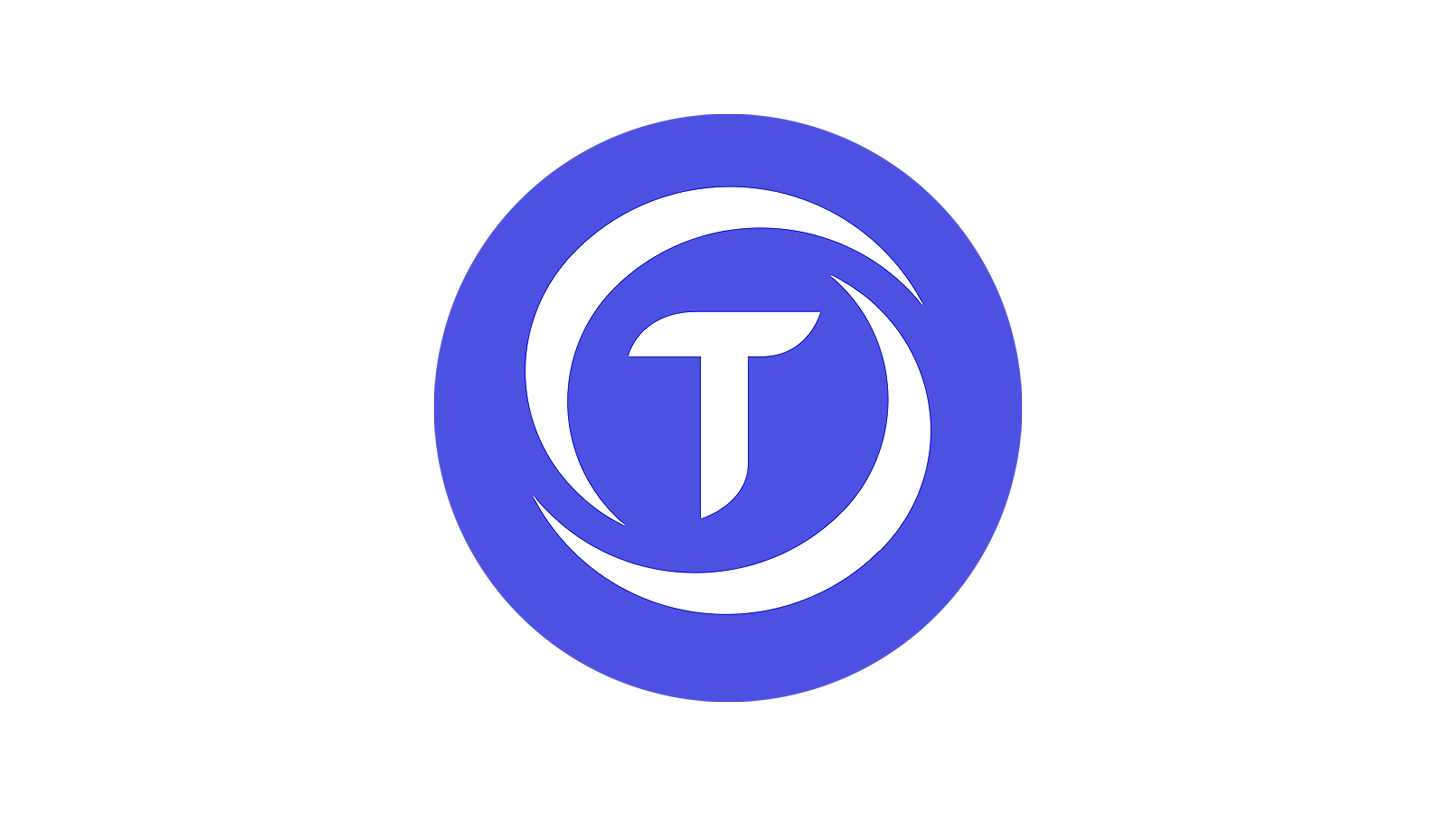
TrueUSD (TrustToken)
TrueUSD is a centralized stablecoin issued by TrustToken, a San Francisco-based company that specializes in asset tokenization and stablecoin issuance. Launched in 2018, TrueUSD has quickly become one of the most popular and widely-used stablecoins in the world.
One of the key features of TrueUSD is its ability to maintain a stable value relative to the US dollar, using a combination of fiat reserves, audits, and market incentives. Users can buy and sell TrueUSD on a range of different exchanges and platforms, and use it as a medium of exchange, a store of value, or a means of collateralizing loans and other financial instruments.
TrueUSD has also been a leader in the development of regulatory compliance and transparency, with a focus on building trust and credibility with users, regulators, and other stakeholders.

Automated Market Makers (AMMs)
Automated market makers (AMMs) are a type of decentralized exchange (DEX) that utilize algorithms and liquidity pools to facilitate trades and maintain market stability. In the DeFi space, AMMs have gained significant popularity and have become a hotbed for innovation, with a variety of different models and approaches emerging.
In the subsequent sections, we will examine some of the most prominent automated market makers (AMMs) in the DeFi space, including Uniswap, SushiSwap, Curve Finance, Balancer, and Bancor. These AMMs are leading the way in innovation and adoption in the AMM space, and are playing a crucial role in the growth and development of the DeFi ecosystem.
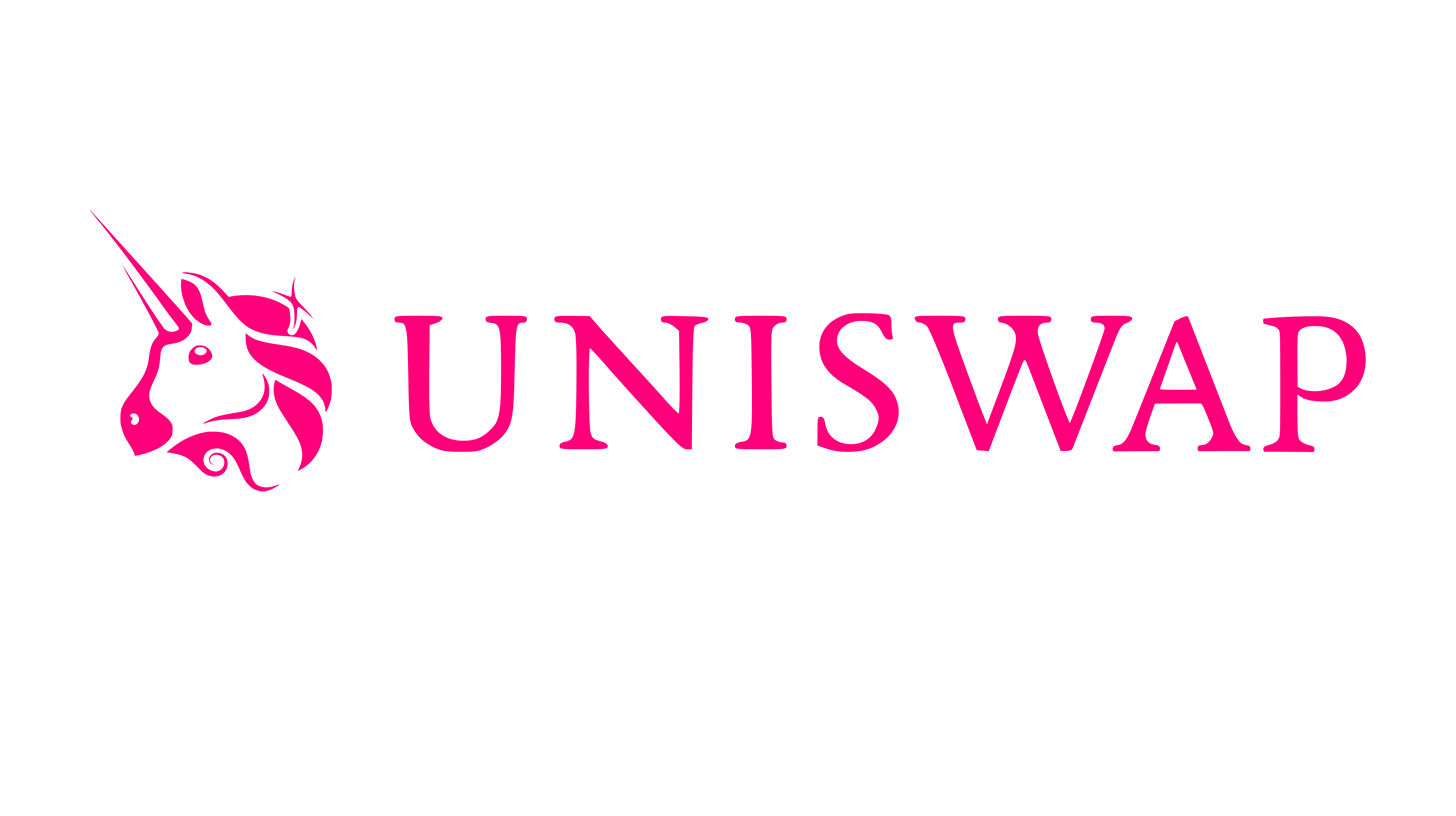
Uniswap
Uniswap, a decentralized exchange (DEX) and automated market maker (AMM), operates on the Ethereum blockchain. Its AMM model employs liquidity pools to facilitate instant and seamless trades between any two ERC-20 tokens.
The AMM model's ability to dynamically adjust asset prices based on liquidity pool supply and demand is a noteworthy aspect. This feature promotes efficient price discovery and minimizes the risk of slippage for larger trades.
In the realm of decentralized governance, Uniswap's AMM model has taken the lead. Its community-driven approach empowers users to participate in the decision-making process and influence the platform's future.

SushiSwap
SushiSwap is a decentralized exchange (DEX) and automated market maker (AMM) that has gained popularity in the DeFi space. One of the key innovations of SushiSwap is its use of liquidity mining to incentivize users to provide liquidity to the platform. By depositing their assets into a liquidity pool, users can earn SUSHI tokens, which can be used for governance and to earn a share of the platform's trading fees.
SushiSwap's AMM model also offers a range of additional features and integrations, such as yield farming, lending and borrowing, and cross-chain interoperability. This makes it a versatile and powerful DeFi platform that enables users to access a wide range of financial services and opportunities.

Curve Finance
Curve Finance is a decentralized exchange (DEX) that specializes in stablecoin trading. One of the key innovations of Curve is its use of a customized automated market maker (AMM) model that minimizes slippage and optimizes for low-volatility assets like stablecoins. This makes it an ideal platform for users who want to swap between different stablecoins or earn yield by providing liquidity to stablecoin pools.
Curve's AMM model also offers a range of additional features and integrations, such as yield farming, lending and borrowing, and cross-chain interoperability. This makes it a versatile and powerful DeFi platform that enables users to access a wide range of financial services and opportunities.

Balancer
Balancer is a decentralized exchange (DEX) and automated portfolio manager that enables users to create and manage customized token pools. One of the key features of Balancer is its ability to automatically rebalance token pools to maintain a desired asset allocation. This makes it an ideal platform for users who want to create and manage a diversified portfolio of cryptocurrencies and other digital assets.
Balancer's AMM model also offers a range of additional features and integrations, such as liquidity mining, yield farming, and cross-chain interoperability. This makes it a versatile and powerful DeFi platform that enables users to access a wide range of financial services and opportunities.
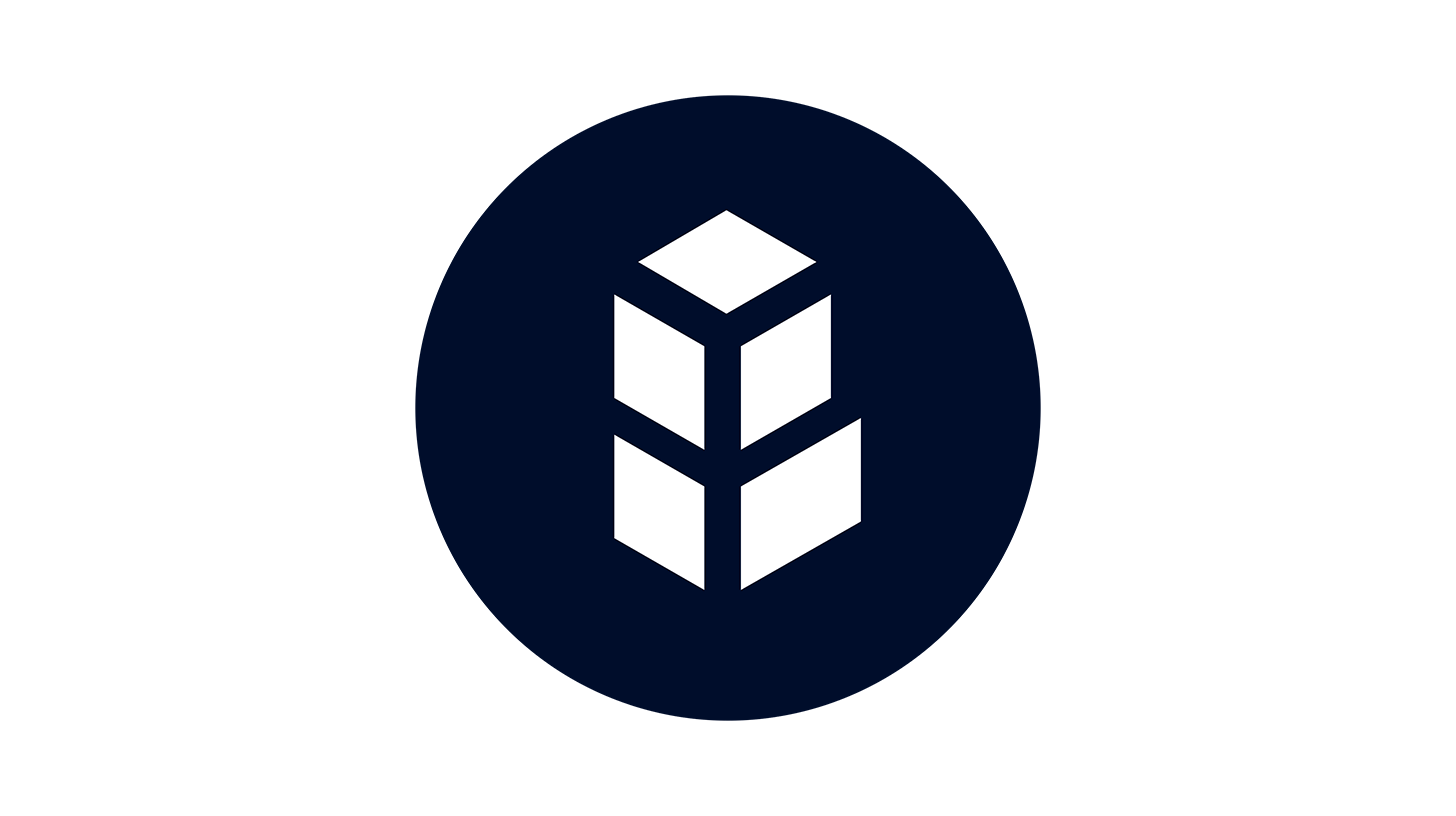
Bancor
Bancor is a decentralized exchange (DEX) and liquidity protocol that enables users to convert between different cryptocurrencies and digital assets. Launched in 2017, Bancor was one of the first platforms to use an automated market maker (AMM) model to facilitate trades.
One of the key innovations of Bancor is its use of "smart tokens" that can automatically adjust their price based on supply and demand. This allows for more efficient price discovery and reduces the risk of slippage for larger trades.
Bancor's AMM model also offers a range of additional features and integrations, such as liquidity mining, cross-chain interoperability, and support for a wide range of cryptocurrencies and digital assets.

Yield Farming and Liquidity Mining
Yield farming and liquidity mining are two popular and innovative strategies in the DeFi space that enable users to earn rewards and generate yields on their cryptocurrencies and digital assets.
In the following sections, we will take a closer look at some of the leading yield farming and liquidity mining platforms in the DeFi space, including Yearn.finance, SushiSwap, Curve Finance, PancakeSwap and Alpha Finance Lab. These platforms are at the forefront of innovation and adoption in the yield farming and liquidity mining space, and are helping to drive the growth and development of the DeFi ecosystem as a whole.

Yearn.finance
Yearn.finance is a decentralized yield aggregator and lending and borrowing platform built on the Ethereum blockchain. One of the key features of Yearn.finance is its use of automated strategies and algorithms to optimize for the best available yields and returns. Users can deposit their assets into a range of different vaults, each of which uses a different strategy and set of protocols to maximize yield.
Yearn.finance also offers a range of additional features and integrations, such as lending and borrowing, liquidity mining, and cross-chain interoperability, making it a versatile and powerful DeFi platform.

SushiSwap
SushiSwap is a decentralized exchange (DEX) and automated market maker (AMM) that has gained popularity in the DeFi space. One of the key innovations of SushiSwap is its use of liquidity mining to incentivize users to provide liquidity to the platform. By depositing their assets into a liquidity pool, users can earn SUSHI tokens, which can be used for governance and to earn a share of the platform's trading fees.
SushiSwap's liquidity mining model has also been a leader in the development of decentralized governance, with a community-driven model that enables users to participate in the decision-making process and shape the future of the platform.

Curve Finance
Curve Finance is a decentralized exchange (DEX) that specializes in stablecoin trading. One of the key innovations of Curve is its use of a customized automated market maker (AMM) model that minimizes slippage and optimizes for low-volatility assets like stablecoins. This makes it an ideal platform for users who want to swap between different stablecoins or earn yield by providing liquidity to stablecoin pools.
Curve's liquidity mining model also offers a range of additional features and integrations, such as yield farming, lending and borrowing, and cross-chain interoperability. This makes it a versatile and powerful DeFi platform that enables users to access a wide range of financial services and opportunities.
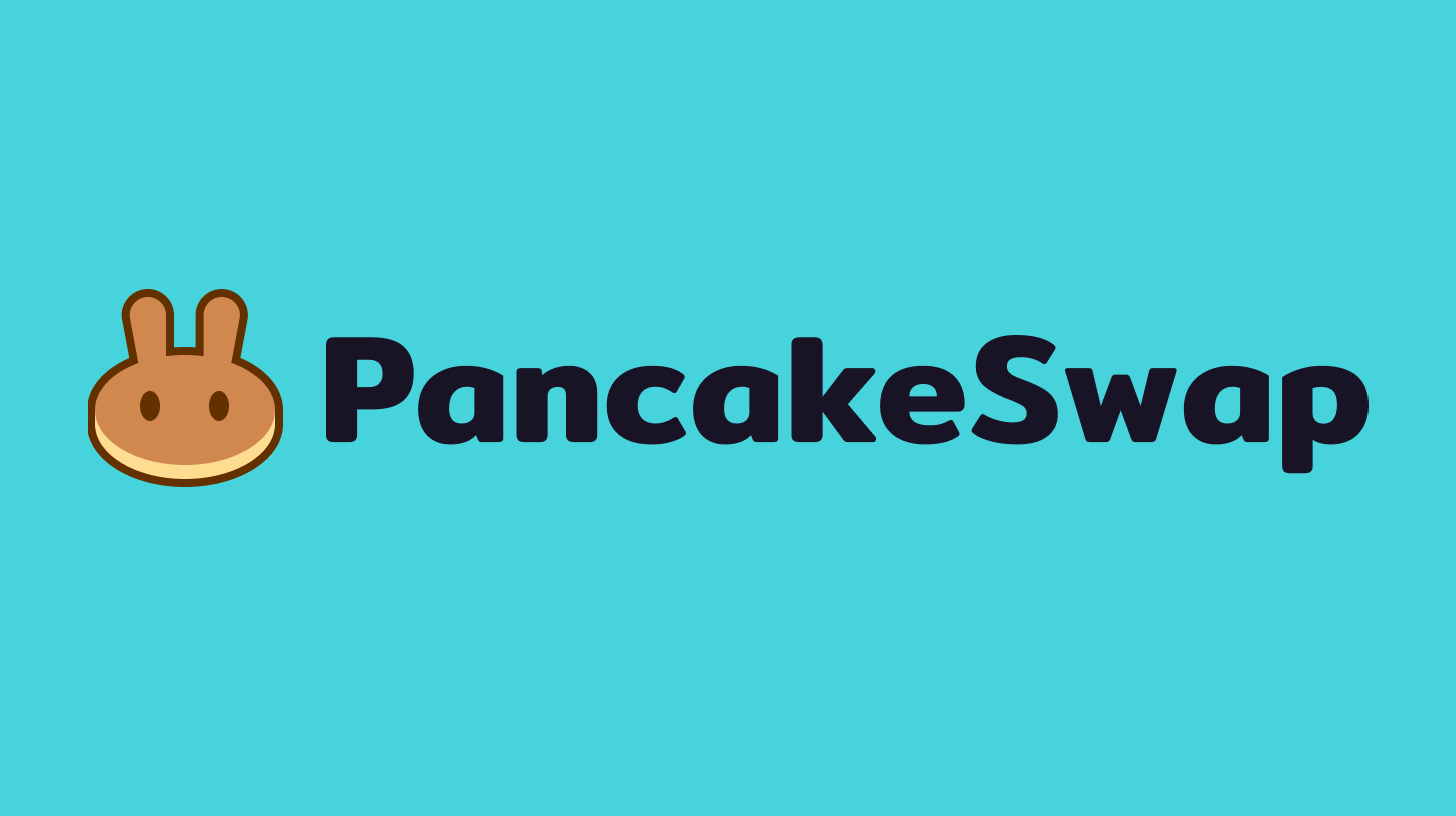
PancakeSwap (Binance Smart Chain)
PancakeSwap, a decentralized exchange (DEX) and automated market maker (AMM), operates on the Binance Smart Chain (BSC) network. Since its launch in 2020, it has gained significant popularity and widespread usage.
PancakeSwap's liquidity mining feature is noteworthy, as it encourages users to provide liquidity to the platform. By depositing their assets into a liquidity pool, users can earn CAKE tokens, which can be utilized for governance and to receive a portion of the platform's trading fees.
The AMM model of PancakeSwap also provides a variety of additional features and integrations, such as yield farming, lending and borrowing, and cross-chain interoperability. This makes it a versatile and powerful DeFi platform, enabling users to access a broad range of financial services and opportunities.
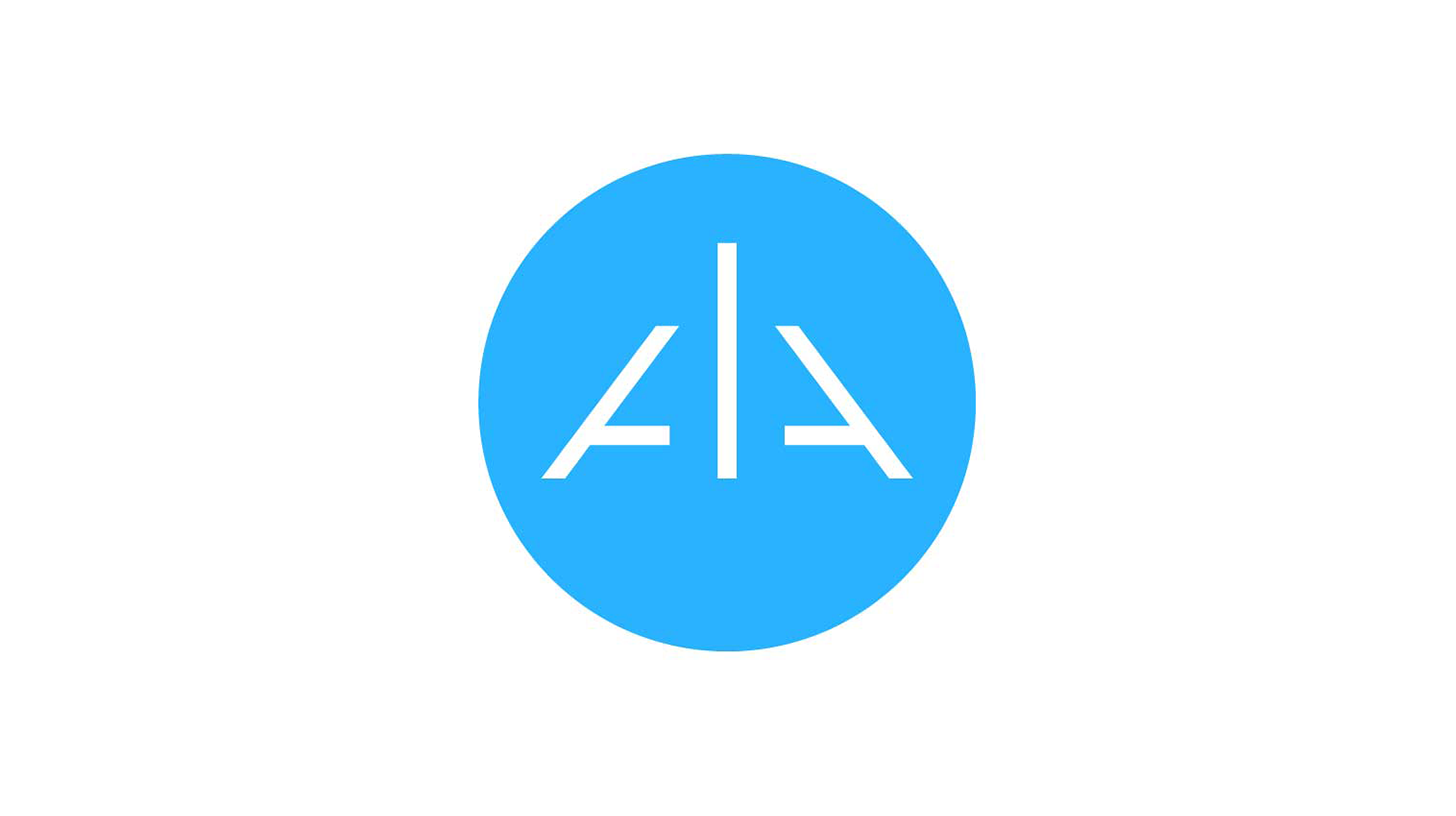
Alpha Finance Lab (Binance Smart Chain)
Alpha Finance Lab, a decentralized finance (DeFi) platform, operates on the Binance Smart Chain (BSC) network. Since its launch in 2020, it has gained significant popularity and recognition as an innovative DeFi platform.
A noteworthy aspect of Alpha Finance Lab is its use of yield farming and liquidity mining to incentivize users to provide liquidity and engage in the platform's various financial services. Users can deposit their assets into a variety of pools and vaults, each employing a unique strategy and set of protocols to optimize yield and returns.
Alpha Finance Lab also provides a range of additional features and integrations, such as lending and borrowing, cross-chain interoperability, and automated portfolio management, making it a versatile and powerful DeFi platform.

Decentralized Insurance
Decentralized insurance is a form of insurance that is built on the blockchain and managed by a decentralized network of users. In the DeFi space, decentralized insurance has gained significant popularity and has become a hotbed for innovation, with a variety of different models and approaches emerging.
In the subsequent sections, we will examine some of the most prominent decentralized insurance platforms in the DeFi space, including Nexus Mutual, Cover Protocol, Opyn, Armor, and InsurAce. These platforms are leading the way in innovation and adoption in the decentralized insurance space, and are playing a crucial role in the growth and development of the DeFi ecosystem.
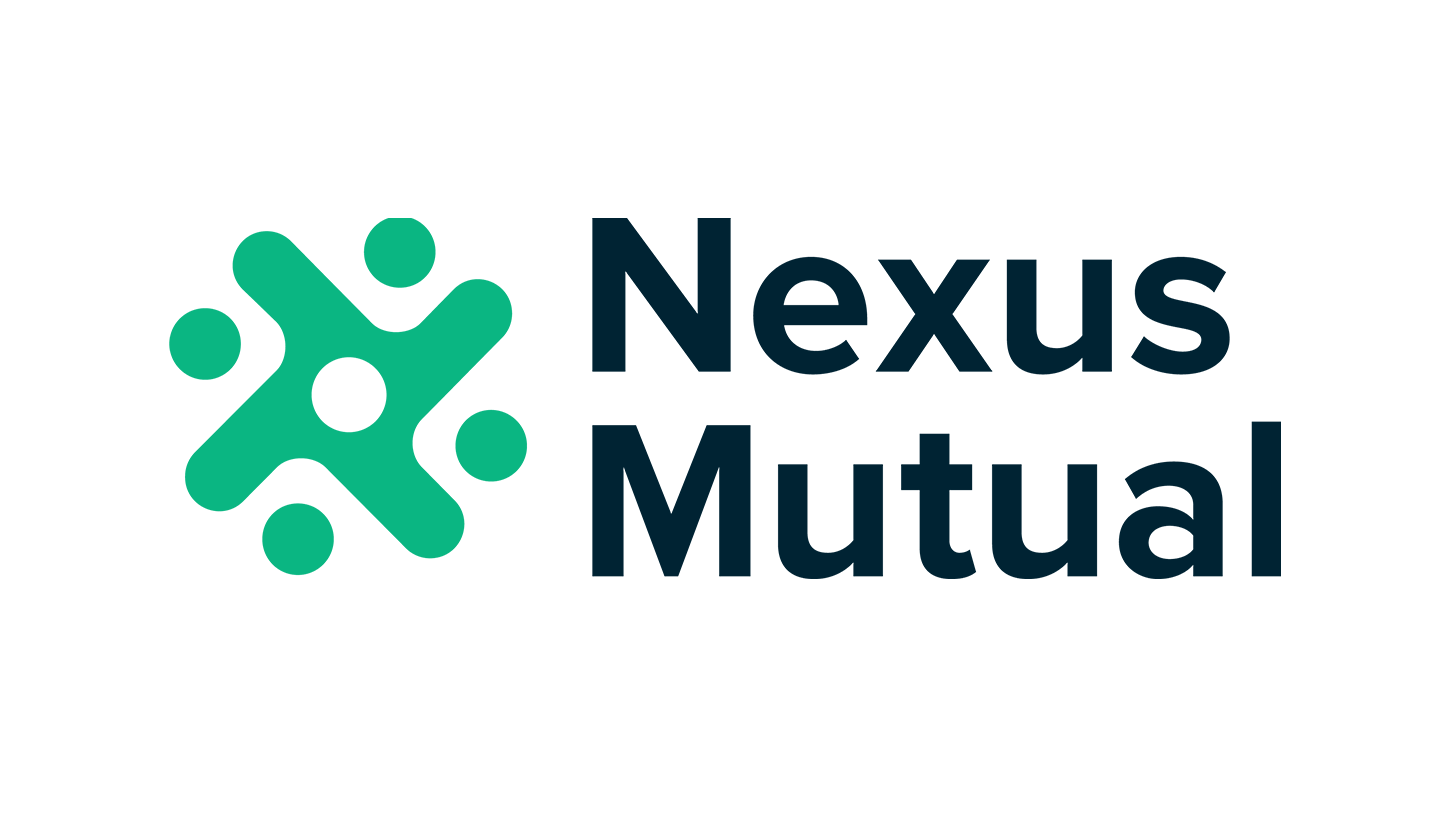
Nexus Mutual
Nexus Mutual is a decentralized insurance platform built on the Ethereum blockchain. Launched in 2019, Nexus Mutual has quickly become one of the most popular and widely-used decentralized insurance platforms in the DeFi space.
One of the key features of Nexus Mutual is its use of a mutual model, where users pool their resources together to provide coverage for each other. By depositing their assets into a mutual pool, users can purchase coverage for a range of different risks, such as smart contract vulnerabilities and exchange hacks.
Nexus Mutual also offers a range of additional features and integrations, such as risk assessment and mitigation, claims processing and payouts, and decentralized governance, making it a versatile and powerful decentralized insurance platform.
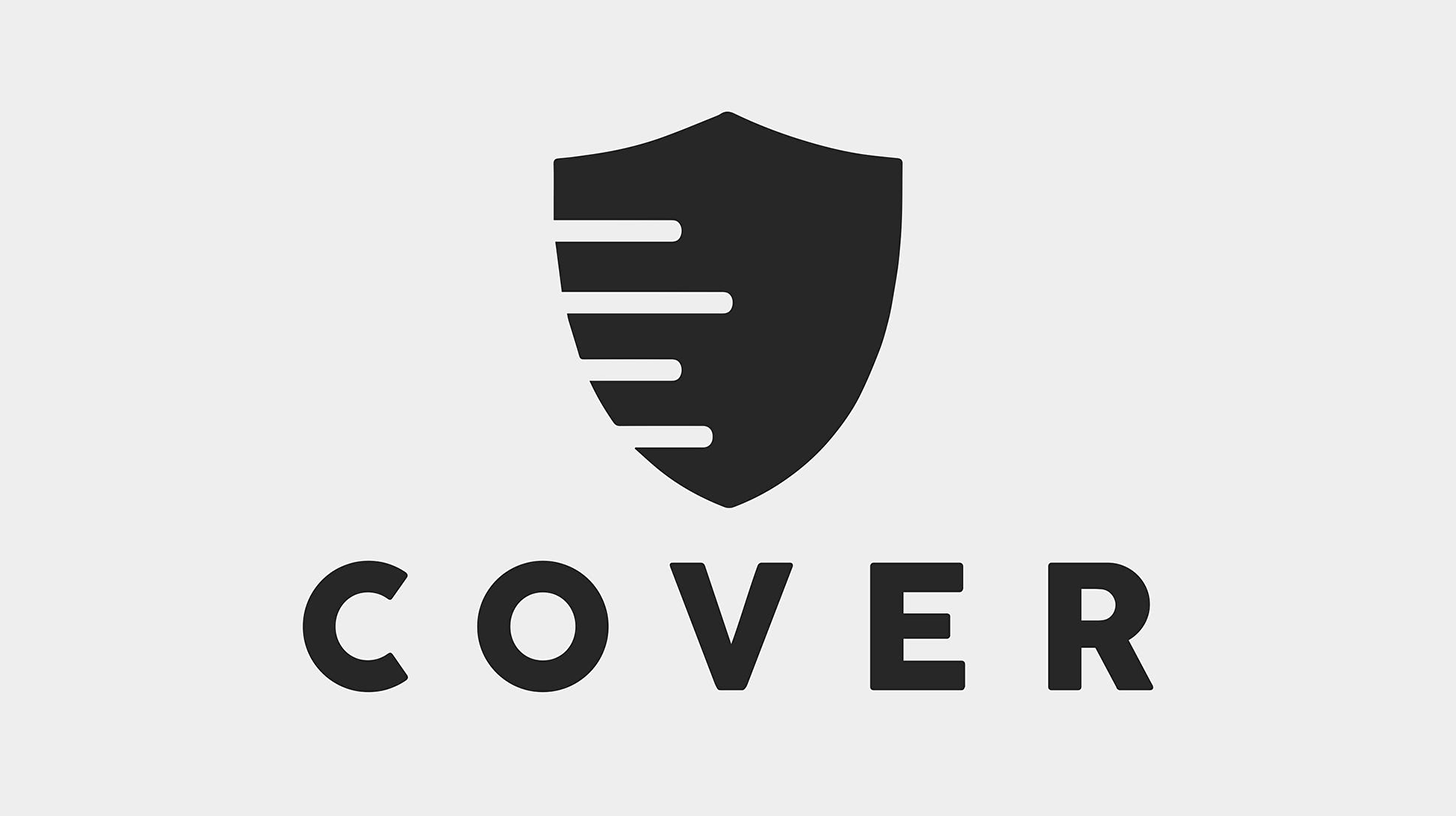
Cover Protocol
Cover Protocol, a decentralized insurance platform, operates on the Ethereum blockchain. Since its launch in 2020, it has gained significant popularity and recognition as an innovative platform in the DeFi space.
A noteworthy aspect of Cover Protocol is its modular and flexible architecture that empowers users to create and customize their own insurance policies. By depositing their assets into a policy pool, users can purchase coverage for various risks, such as smart contract vulnerabilities, exchange hacks, and price volatility.
Cover Protocol also provides a range of additional features and integrations, such as risk assessment and mitigation, claims processing and payouts, and decentralized governance, making it a versatile and powerful decentralized insurance platform.
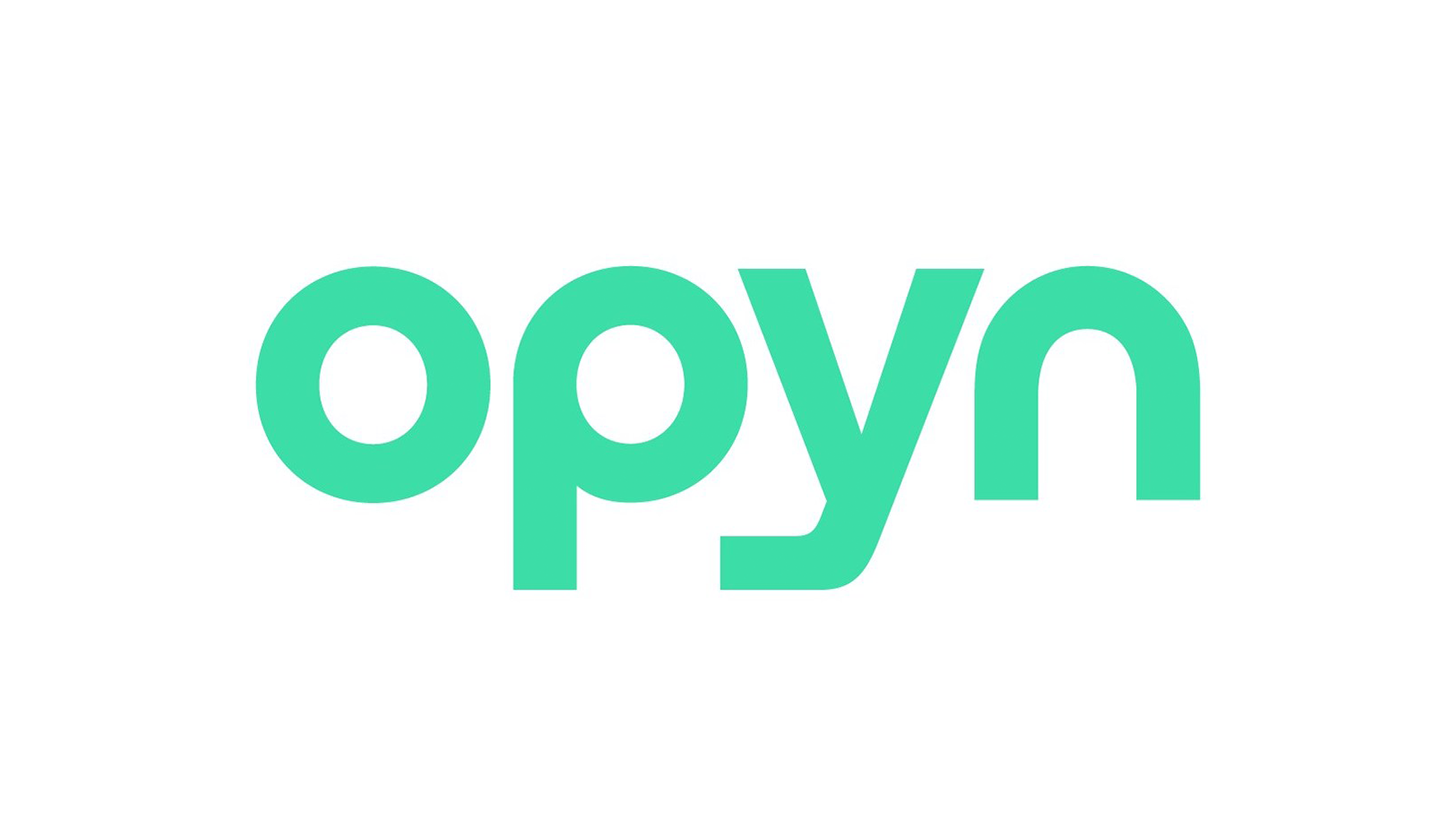
Opyn
Opyn is a decentralized insurance and options trading platform built on the Ethereum blockchain. Launched in 2020, Opyn has quickly become one of the most innovative and popular DeFi platforms in the insurance and options trading space.
One of the key features of Opyn is its use of a customized automated market maker (AMM) model that enables users to trade options and insurance contracts in a decentralized and trustless manner. By depositing their assets into a liquidity pool, users can earn fees for providing liquidity, or they can trade options and insurance contracts directly from the pool.
Opyn also offers a range of additional features and integrations, such as risk management and hedging, cross-chain interoperability, and decentralized governance, making it a versatile and powerful DeFi platform.

Armor
Armor, a decentralized insurance platform, operates on the Ethereum blockchain. Since its launch in 2020, it has gained significant popularity and recognition as an innovative platform in the DeFi space.
A noteworthy aspect of Armor is its modular and flexible architecture that empowers users to create and customize their own insurance policies. By depositing their assets into a policy pool, users can purchase coverage for various risks, such as smart contract vulnerabilities, exchange hacks, and price volatility.
Armor also provides a range of additional features and integrations, such as risk assessment and mitigation, claims processing and payouts, and decentralized governance, making it a versatile and powerful decentralized insurance platform.
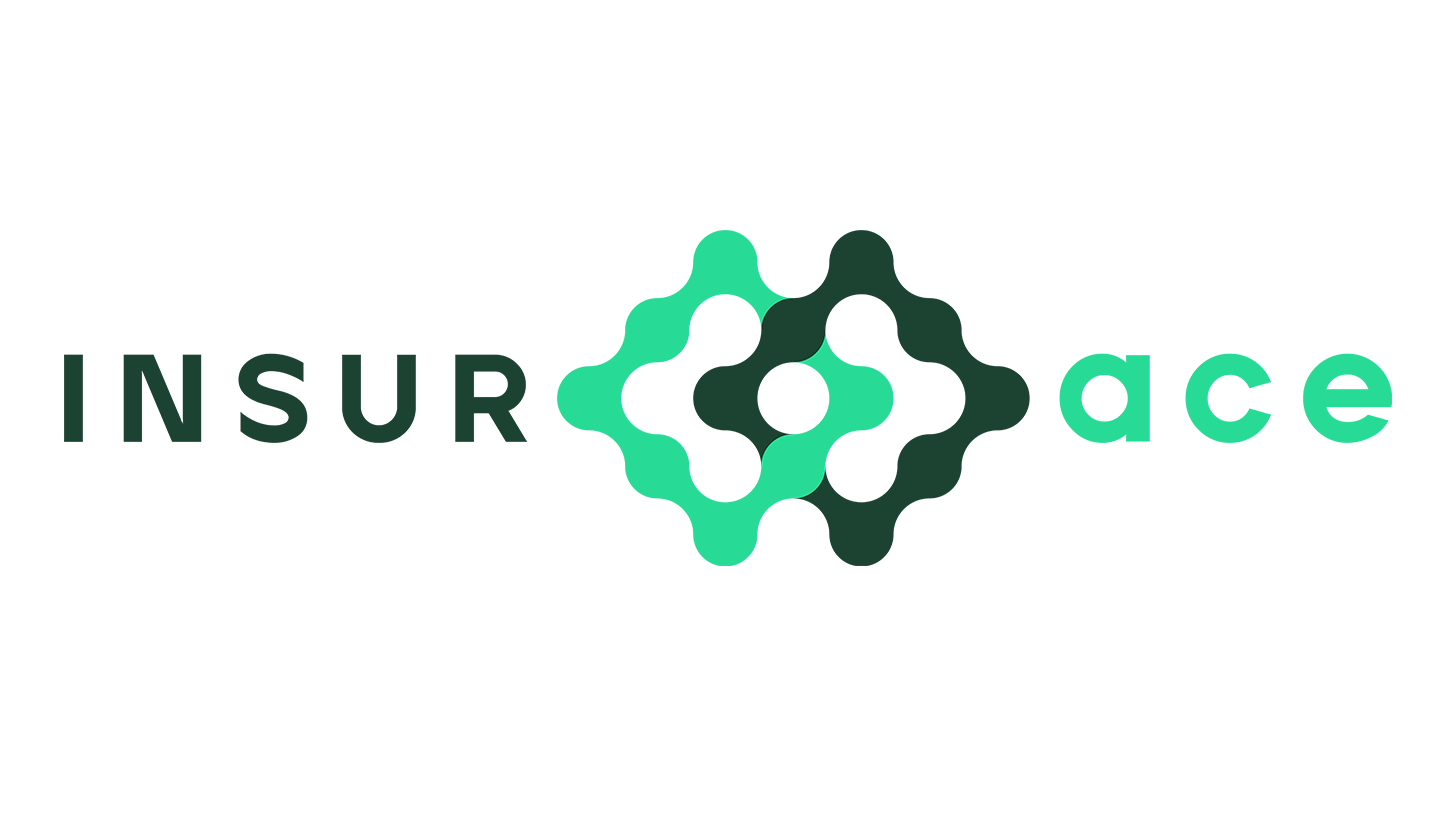
InsurAce
InsurAce is a decentralized insurance platform built on the Ethereum blockchain. Launched in 2020, InsurAce has quickly become one of the most innovative and popular decentralized insurance platforms in the DeFi space.
One of the key features of InsurAce is its use of a decentralized risk assessment and underwriting model that enables users to create and customize their own insurance policies. By depositing their assets into a policy pool, users can purchase coverage for a range of different risks, such as smart contract vulnerabilities, exchange hacks, and price volatility.
InsurAce also offers a range of additional features and integrations, such as claims processing and payouts, cross-chain interoperability, and decentralized governance, making it a versatile and powerful decentralized insurance platform.

Decentralized Identity and Data Management
Decentralized identity and data management are two key areas of innovation in the blockchain and DeFi space. By enabling users to control and manage their own identity and data, decentralized solutions can help to address a range of privacy, security, and trust issues in the digital world.
In the subsequent sections, we will examine some of the most prominent decentralized identity and data management platforms in the blockchain and DeFi space, including uPort, The Graph, Chainlink, Ocean Protocol, and Civic. These platforms are leading the way in innovation and adoption in the decentralized identity and data management space, and are playing a crucial role in the growth and development of the blockchain and DeFi ecosystem.

uPort
uPort, a decentralized identity and data management platform, operates on the Ethereum blockchain. Since its launch in 2017, it has gained significant popularity and recognition as an innovative decentralized identity solution in the blockchain and DeFi space.
A noteworthy aspect of uPort is its use of a self-sovereign identity model, where users can create and manage their own digital identities and credentials. By storing their identity and data on the blockchain, users can ensure that their information is secure, private, and portable.
uPort also provides a range of additional features and integrations, such as identity verification and authentication, data sharing and monetization, and decentralized governance, making it a versatile and powerful decentralized identity and data management platform.
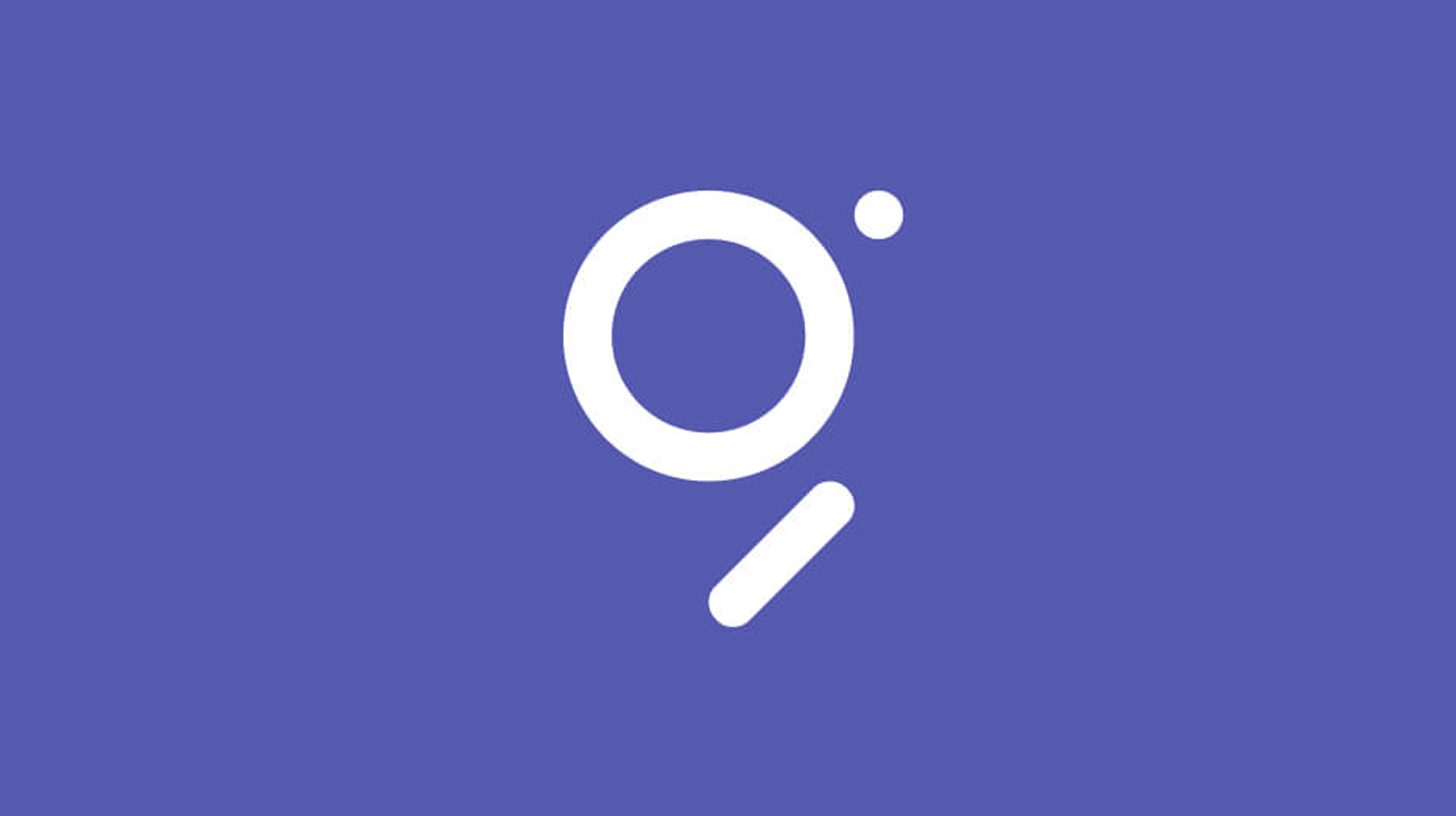
The Graph
The Graph is a decentralized indexing and querying protocol built on the Ethereum blockchain. Launched in 2018, The Graph has quickly become one of the most innovative and popular decentralized data management solutions in the blockchain and DeFi space.
One of the key features of The Graph is its use of a decentralized network of nodes to index and query data from the blockchain. By enabling users to access and analyze blockchain data in a decentralized and trustless manner, The Graph can help to address a range of transparency, accountability, and governance issues in the digital world.
The Graph also offers a range of additional features and integrations, such as data curation and validation, data monetization and incentivization, and decentralized governance, making it a versatile and powerful decentralized data management platform.
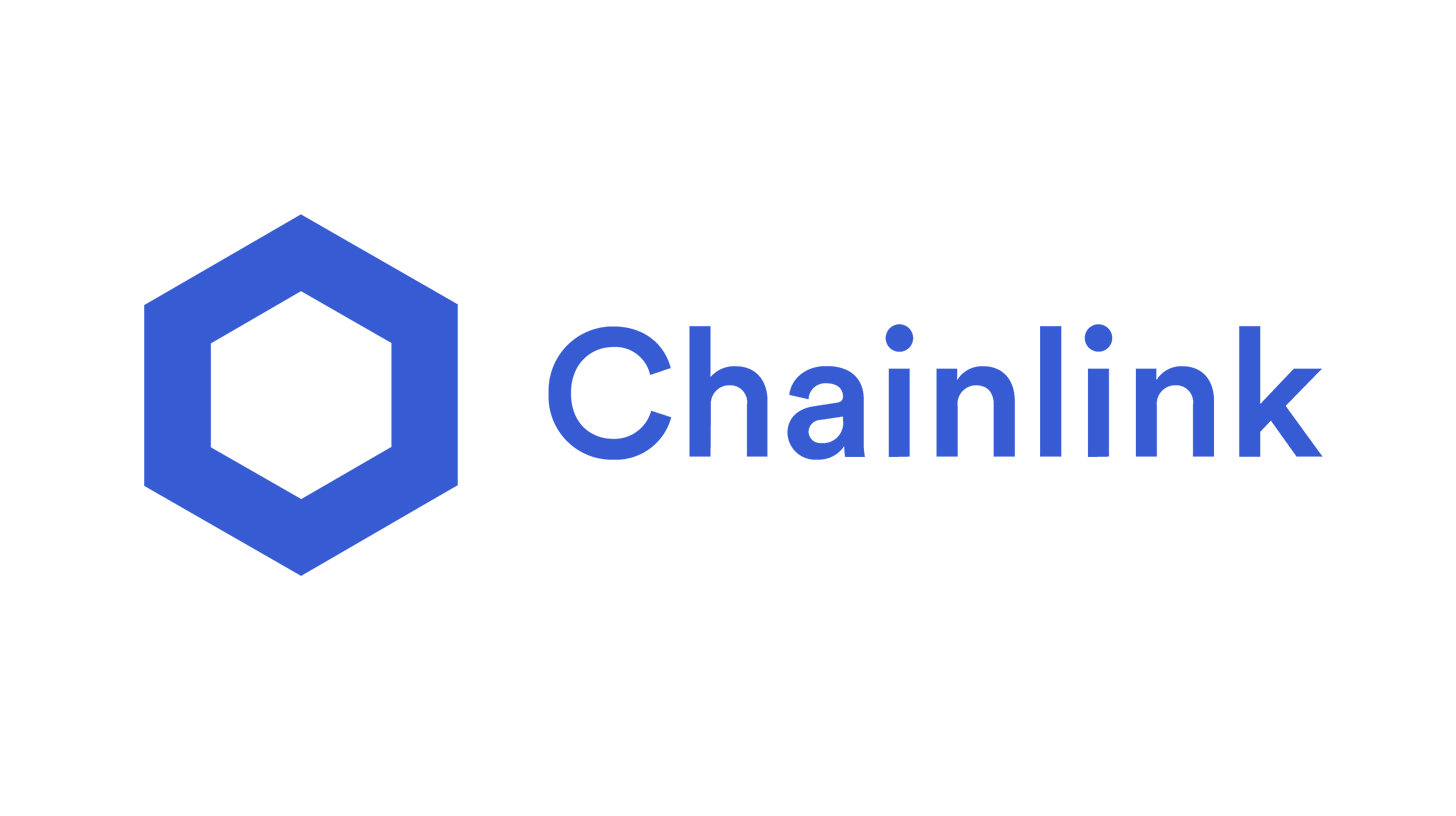
Chainlink
Chainlink, a decentralized oracle and data management platform, operates on the Ethereum blockchain. Since its launch in 2017, it has gained significant popularity and recognition as an innovative decentralized data management solution in the blockchain and DeFi space.
A noteworthy aspect of Chainlink is its use of a decentralized network of oracles to provide secure and reliable data feeds to smart contracts and other blockchain-based applications. By enabling users to access and analyze off-chain data in a decentralized and trustless manner, Chainlink can help to address a range of transparency, accountability, and governance issues in the digital world.
Chainlink also offers a range of additional features and integrations, such as data curation and validation, data monetization and incentivization, and decentralized governance, making it a versatile and powerful decentralized data management platform.
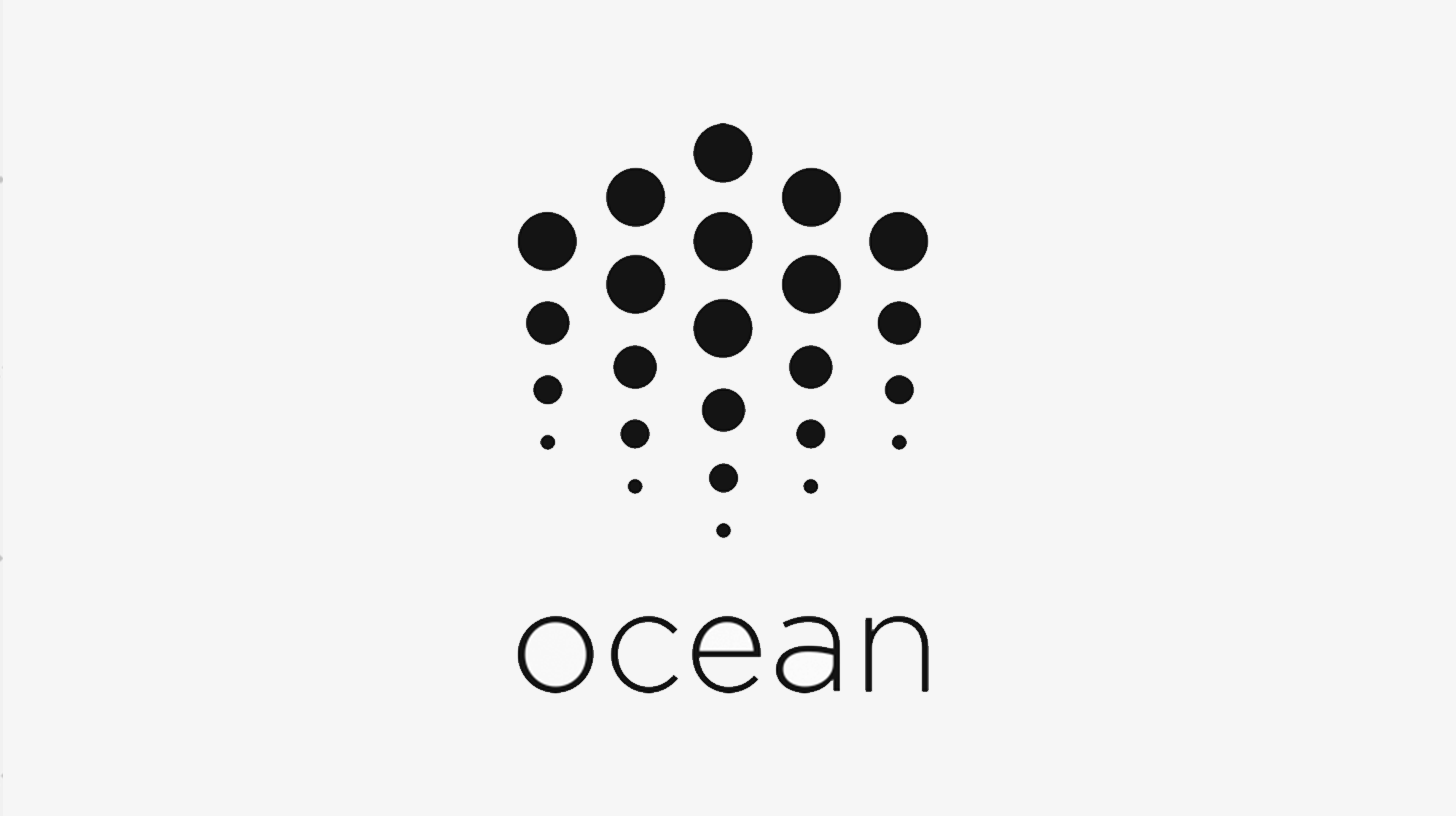
Ocean Protocol
Ocean Protocol is a decentralized data management and sharing platform built on the Ethereum blockchain. Launched in 2017, Ocean Protocol has quickly become one of the most innovative and popular decentralized data management solutions in the blockchain and DeFi space.
One of the key features of Ocean Protocol is its use of a decentralized network of nodes to enable users to securely and privately share and monetize their data. By enabling users to control and manage their own data, Ocean Protocol can help to address a range of privacy, security, and trust issues in the digital world.
Ocean Protocol also offers a range of additional features and integrations, such as data curation and validation, data analytics and visualization, and decentralized governance, making it a versatile and powerful decentralized data management and sharing platform.
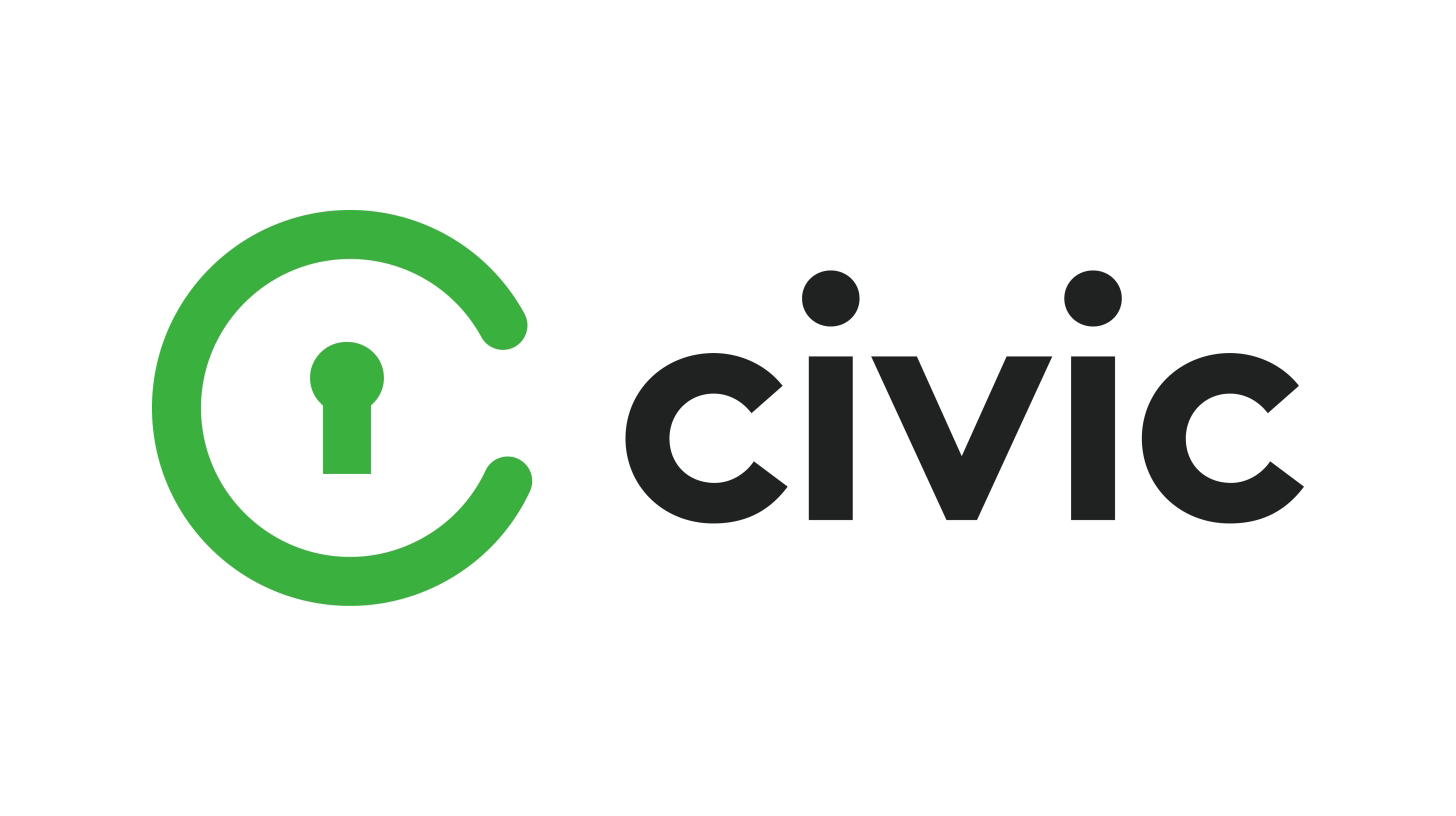
Civic
Civic, a decentralized identity and data management platform, operates on the Ethereum blockchain. Since its launch in 2017, it has gained significant popularity and recognition as an innovative decentralized identity solution in the blockchain and DeFi space.
A noteworthy aspect of Civic is its use of a decentralized network of nodes to enable users to securely and privately verify and manage their identity and data. By enabling users to control and manage their own identity and data, Civic can help to address a range of privacy, security, and trust issues in the digital world.
Civic also offers a range of additional features and integrations, such as identity verification and authentication, data sharing and monetization, and decentralized governance, making it a versatile and powerful decentralized identity and data management platform.

Non-Fungible Tokens (NFTs)
Non-fungible tokens (NFTs) are a type of digital asset that are unique and cannot be replaced or exchanged for an identical asset. In the blockchain and DeFi space, NFTs have become increasingly popular and innovative, with a range of different use cases and applications emerging.

CryptoKitties
CryptoKitties is a decentralized game and collectibles platform built on the Ethereum blockchain. Launched in 2017, CryptoKitties quickly became one of the most popular and widely-used NFT platforms in the blockchain and DeFi space.
One of the key features of CryptoKitties is its use of NFTs to represent unique and collectible digital cats. By breeding and trading these cats, users can participate in a fun and engaging game, while also owning a unique and valuable digital asset.
CryptoKitties also offers a range of additional features and integrations, such as decentralized governance, cross-chain interoperability, and third-party development and integration, making it a versatile and powerful NFT platform.

NBA Top Shot
NBA Top Shot, a decentralized game and collectibles platform, operates on the Flow blockchain. Since its launch in 2019, it has gained significant popularity and widespread usage as an NFT platform in the blockchain and DeFi space.
A noteworthy aspect of NBA Top Shot is its use of NFTs to represent unique and collectible digital moments and highlights from NBA games. By collecting and trading these moments, users can participate in a fun and engaging game, while also owning a unique and valuable digital asset.
NBA Top Shot also offers a range of additional features and integrations, such as decentralized governance, cross-chain interoperability, and third-party development and integration, making it a versatile and powerful NFT platform.

Decentraland
Decentraland is a decentralized virtual reality platform built on the Ethereum blockchain. Launched in 2017, Decentraland has quickly become one of the most innovative and popular decentralized gaming and entertainment platforms in the blockchain and DeFi space.
One of the key features of Decentraland is its use of NFTs to represent unique and collectible digital assets, such as land, buildings, and avatars. By owning and managing these assets, users can participate in a fun and engaging virtual world, while also owning a valuable and unique digital asset.
Decentraland also offers a range of additional features and integrations, such as decentralized governance, cross-chain interoperability, and third-party development and integration, making it a versatile and powerful decentralized gaming and entertainment platform.
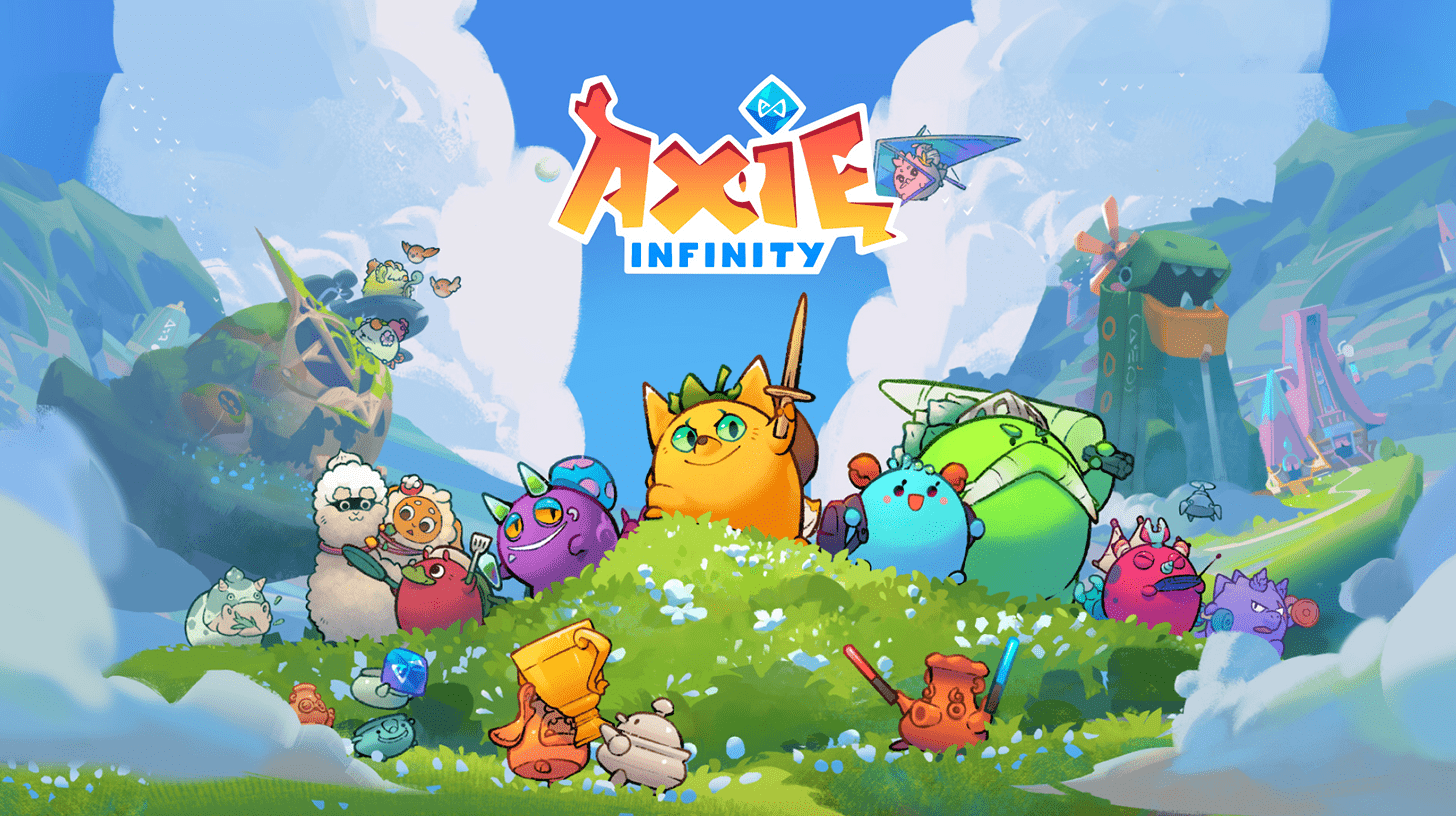
Axie Infinity
Axie Infinity, a decentralized game and collectibles platform, operates on the Ethereum blockchain. Since its launch in 2018, it has gained significant popularity and widespread usage as an NFT platform in the blockchain and DeFi space.
A noteworthy aspect of Axie Infinity is its use of NFTs to represent unique and collectible digital creatures called Axies. By breeding, training, and battling these Axies, users can participate in a fun and engaging game, while also owning a unique and valuable digital asset.
Axie Infinity also offers a range of additional features and integrations, such as decentralized governance, cross-chain interoperability, and third-party development and integration, making it a versatile and powerful NFT platform.
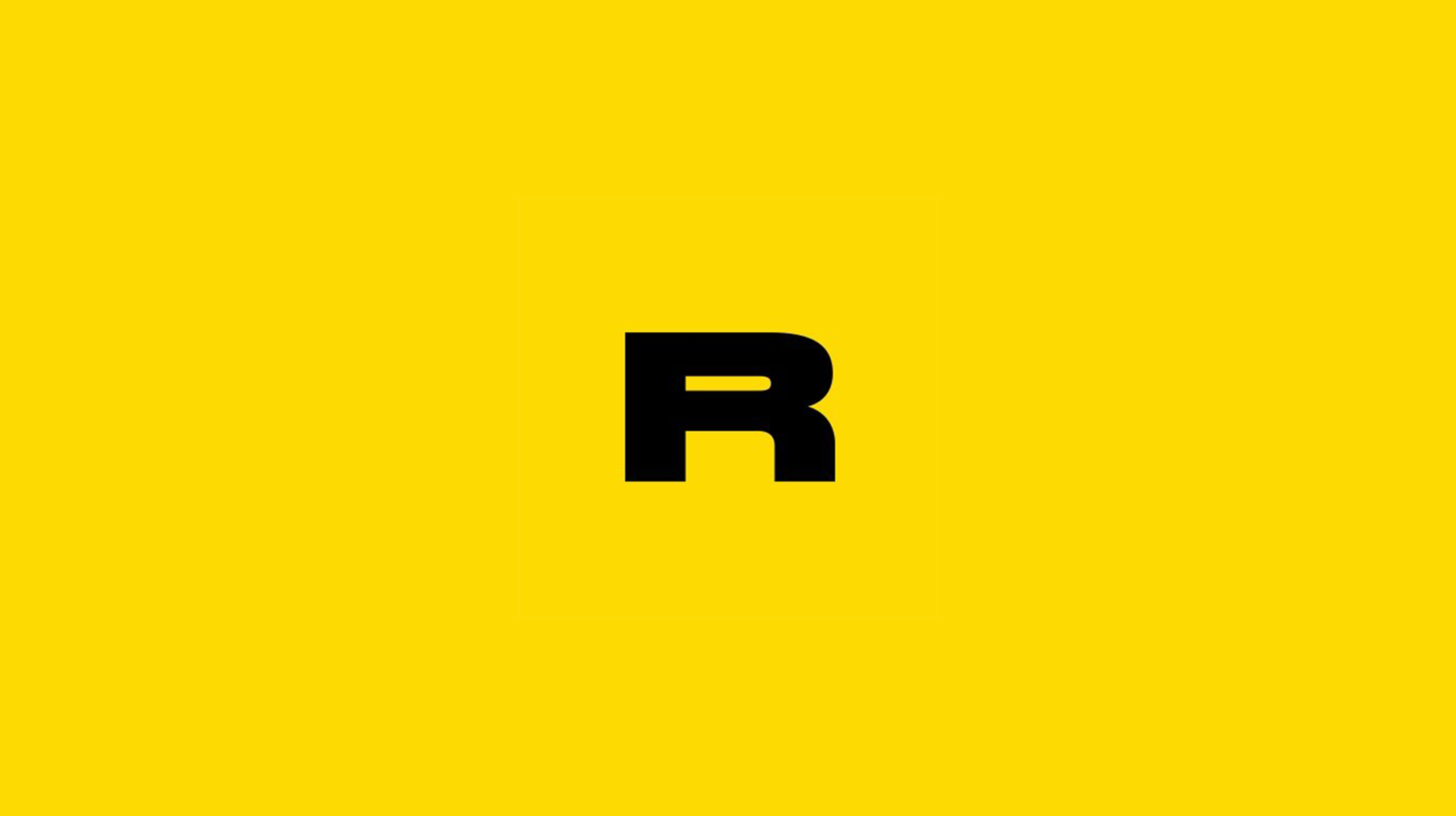
Rarible
Rarible is a decentralized marketplace and platform for creating, buying, and selling non-fungible tokens (NFTs) built on the Ethereum blockchain. Launched in 2020, Rarible has quickly become one of the most popular and widely-used NFT platforms in the blockchain and DeFi space.
One of the key features of Rarible is its use of a decentralized network of nodes to enable users to create, buy, and sell NFTs in a trustless and secure manner. By enabling users to control and manage their own NFTs, Rarible can help to address a range of privacy, security, and trust issues in the digital world.
Rarible also offers a range of additional features and integrations, such as decentralized governance, cross-chain interoperability, and third-party development and integration, making it a versatile and powerful NFT platform.

Cross-Chain Interoperability
Cross-chain interoperability is the ability for different blockchain networks and protocols to communicate and interact with each other in a seamless and secure manner. In the blockchain and DeFi space, cross-chain interoperability has become increasingly important and innovative, with a range of different solutions and approaches emerging.
In the following sections, we will take a closer look at some of the leading cross-chain interoperability platforms in the blockchain and DeFi space. These platforms are at the forefront of innovation and adoption in the cross-chain interoperability space, and are helping to drive the growth and development of the blockchain and DeFi ecosystem as a whole.

Chainlink
Chainlink, as a decentralized oracle and data management platform, plays a critical role in enabling cross-chain interoperability. By providing secure and reliable data feeds to smart contracts and other blockchain-based applications, Chainlink can help to bridge the gap between different blockchain networks and protocols.
Chainlink's decentralized network of oracles can also be used to facilitate cross-chain transfers and transactions, enabling users to seamlessly move assets and data between different blockchain networks and protocols.
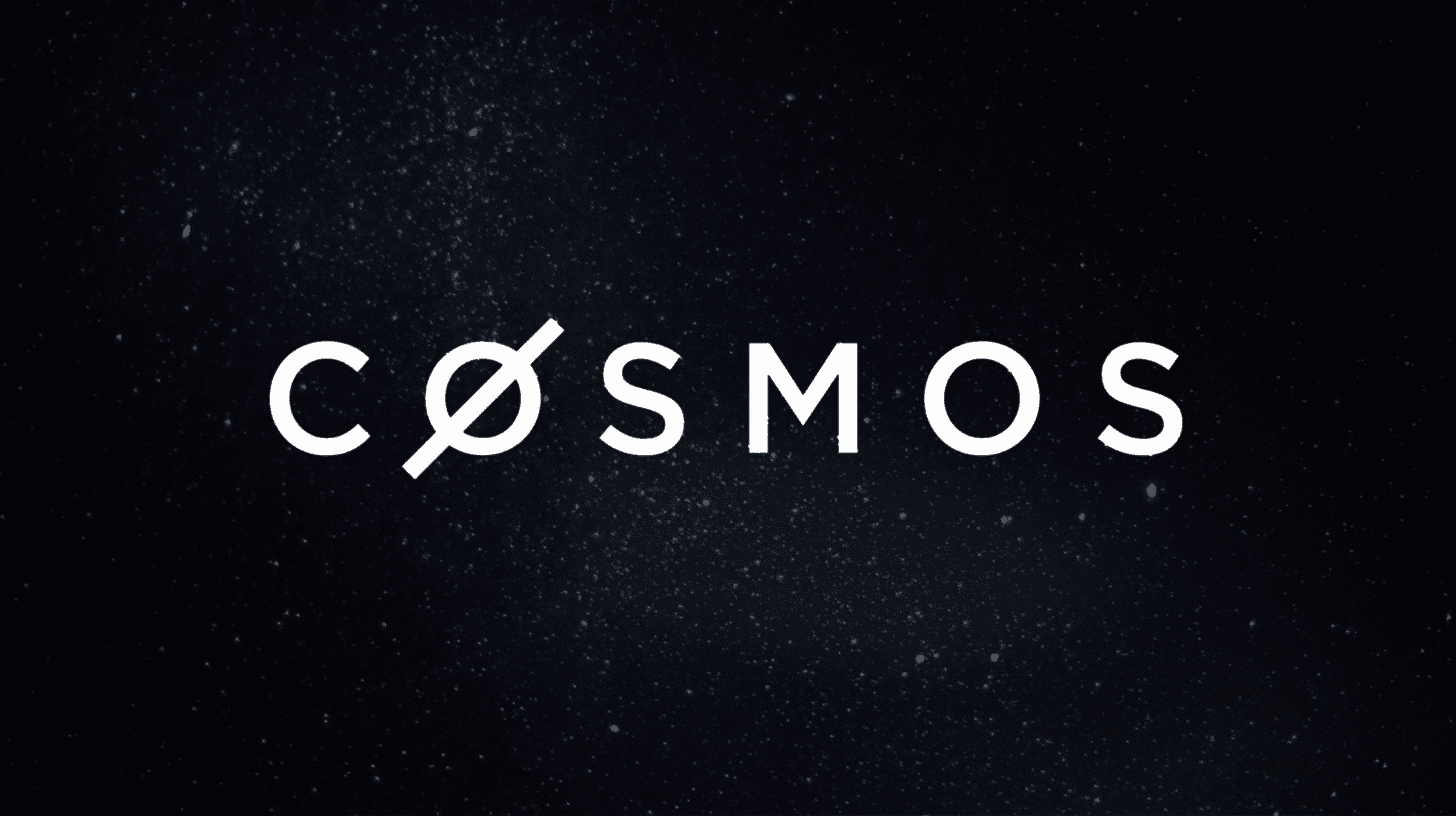
Cosmos
Cosmos, a decentralized network of independent, parallel blockchains, operates using the Cosmos-SDK, a modular blockchain framework. Since its launch in 2019, it has gained significant popularity and recognition as an innovative solution for cross-chain interoperability in the blockchain and DeFi space.
A noteworthy aspect of Cosmos is its use of a decentralized network of validators to enable users to securely and seamlessly transfer assets and data between different blockchain networks and protocols. By enabling users to control and manage their own assets and data, Cosmos can help to address a range of privacy, security, and trust issues in the digital world.
Cosmos also offers a range of additional features and integrations, such as decentralized governance, cross-chain staking, and third-party development and integration, making it a versatile and powerful cross-chain interoperability platform.

Polkadot
Polkadot is a decentralized network of independent, parallel blockchains, each powered by the Substrate framework. Launched in 2020, Polkadot has quickly become one of the most innovative and popular solutions for cross-chain interoperability in the blockchain and DeFi space.
One of the key features of Polkadot is its use of a decentralized network of validators to enable users to securely and seamlessly transfer assets and data between different blockchain networks and protocols. By enabling users to control and manage their own assets and data, Polkadot can help to address a range of privacy, security, and trust issues in the digital world.
Polkadot also offers a range of additional features and integrations, such as decentralized governance, cross-chain staking, and third-party development and integration, making it a versatile and powerful cross-chain interoperability platform.

Thorchain
Thorchain, a decentralized cross-chain liquidity protocol, operates on the Cosmos network. Since its launch in 2019, it has gained significant popularity and recognition as an innovative solution for cross-chain interoperability in the blockchain and DeFi space.
A noteworthy aspect of Thorchain is its use of a decentralized network of nodes to enable users to securely and seamlessly transfer assets and data between different blockchain networks and protocols. By enabling users to control and manage their own assets and data, Thorchain can help to address a range of privacy, security, and trust issues in the digital world.
Thorchain also offers a range of additional features and integrations, such as decentralized governance, cross-chain staking, and third-party development and integration, making it a versatile and powerful cross-chain interoperability platform.
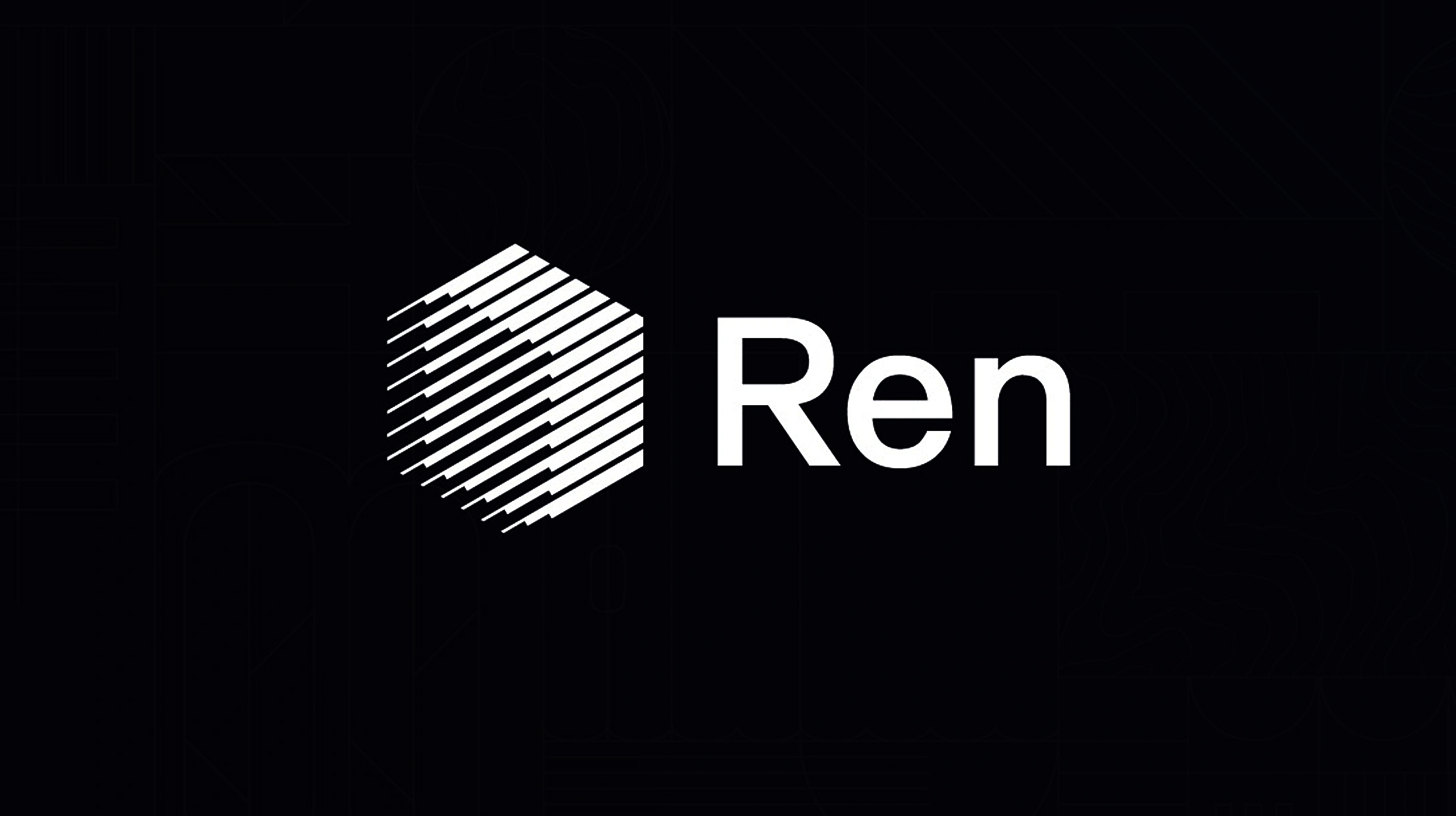
Ren
Ren is a decentralized protocol for cross-chain interoperability and liquidity built on the Ethereum blockchain. Launched in 2019, Ren has quickly become one of the most innovative and popular solutions for cross-chain interoperability in the blockchain and DeFi space.
One of the key features of Ren is its use of a decentralized network of nodes to enable users to securely and seamlessly transfer assets and data between different blockchain networks and protocols. By enabling users to control and manage their own assets and data, Ren can help to address a range of privacy, security, and trust issues in the digital world.
Ren also offers a range of additional features and integrations, such as decentralized governance, cross-chain staking, and third-party development and integration, making it a versatile and powerful cross-chain interoperability platform.
In conclusion, the DeFi space is full of innovative and groundbreaking projects and protocols that are pushing the boundaries of what's possible in the financial industry. By leveraging the power of blockchain technology and decentralized networks, these projects and protocols are creating a more open, transparent, and accessible financial system for everyone.

The Challenges of DeFi
The decentralized finance (DeFi) space has seen explosive growth and innovation in recent years, with a range of new platforms, protocols, and applications emerging. However, this growth and innovation has not been without its challenges and problems. In this section, we will discuss the major challenges facing the DeFi space, and the potential consequences for users and the broader financial system.

The Challenge of Security in the DeFi Space
One of the major challenges facing the DeFi space is the issue of security. Decentralized finance platforms and protocols are built on blockchain technology, which is inherently secure and resistant to hacking and other forms of attack. However, the smart contracts and other code that powers DeFi platforms and protocols can be vulnerable to bugs, exploits, and other forms of attack.
The potential consequences of security breaches in the DeFi space are significant. Users of DeFi platforms and protocols can lose their funds or other digital assets if a security breach occurs. This can have a ripple effect, as users lose trust in the DeFi space and are less likely to adopt and use DeFi technologies. In addition, security breaches in the DeFi space can have broader implications for the financial system, as the interconnectedness of the DeFi ecosystem can amplify the impact of security breaches.
To address the challenge of security in the DeFi space, it is important for DeFi platforms and protocols to undergo rigorous security audits and testing before they are launched. In addition, the use of decentralized governance and other mechanisms can help to ensure that security vulnerabilities are identified and addressed in a timely manner. However, despite these efforts, the risk of security breaches in the DeFi space remains, and users should be aware of this risk when using DeFi platforms and protocols.
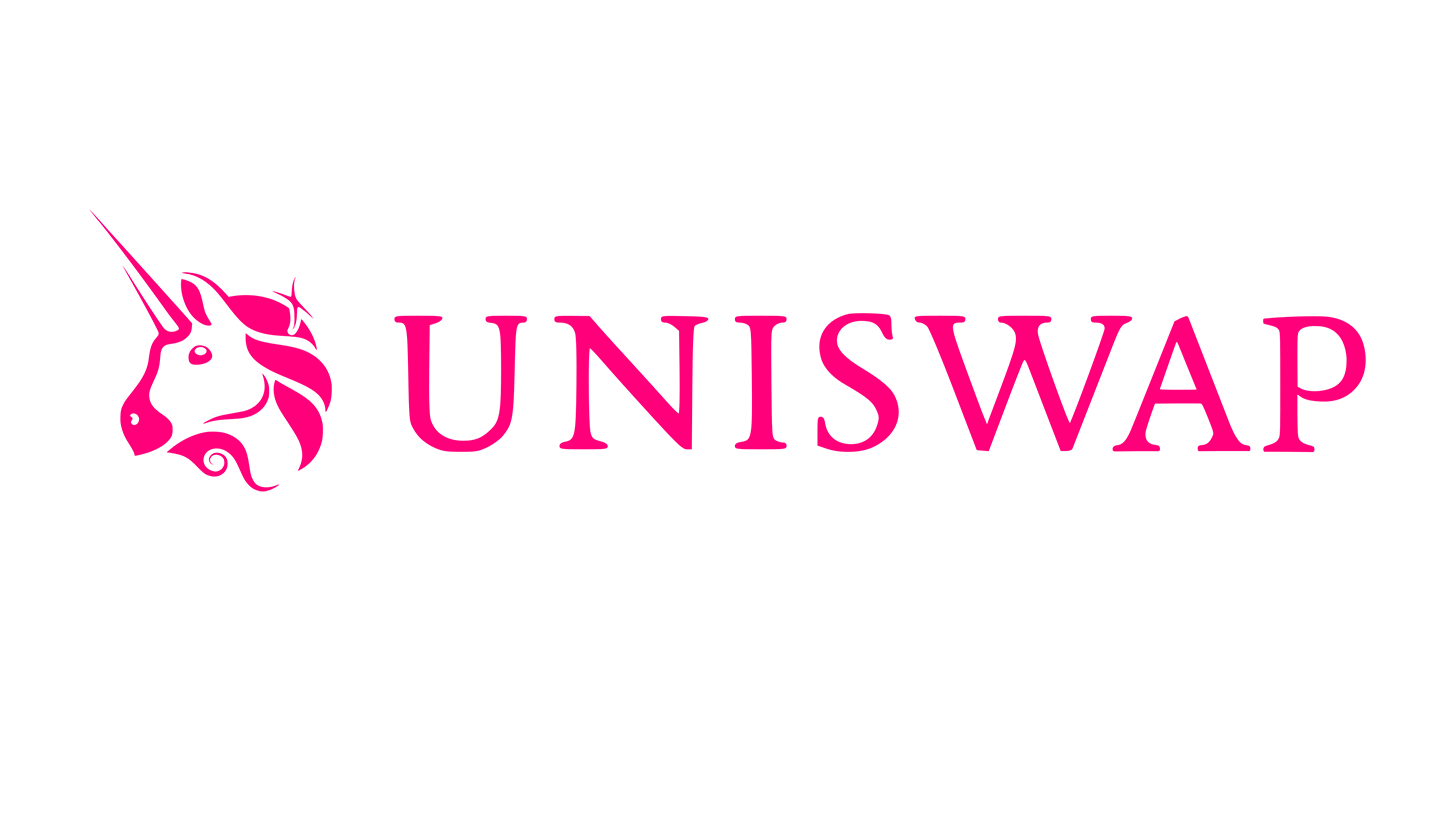
Case Study: The Uniswap Hack
As discussed earlier, the challenge of security is one of the major issues facing the DeFi space. To illustrate the potential consequences of security challenges in the DeFi space, let's consider a specific case study: the hack of the decentralized exchange (DEX) Uniswap in 2020.
In April 2020, Uniswap, a popular DEX built on the Ethereum blockchain, was hacked, resulting in the loss of over $300,000 worth of digital assets. The hack was made possible by a vulnerability in the smart contract code that powered the Uniswap platform. The hacker was able to exploit this vulnerability and drain the liquidity pools of the DEX, resulting in significant losses for users of the platform.
The impact of the Uniswap hack was significant. Users of the platform lost their funds, and the hack undermined the trust and confidence of users in the Uniswap platform and the DeFi space more broadly. In addition, the hack highlighted the importance of security in the DeFi space, and the need for DeFi platforms and protocols to undergo rigorous security audits and testing before they are launched.
To address the challenge of security in the DeFi space, it is important for DeFi platforms and protocols to prioritize security and to take proactive steps to identify and address potential vulnerabilities. This can include the use of decentralized governance and other mechanisms to ensure that security vulnerabilities are identified and addressed in a timely manner. In addition, the use of insurance and other risk management tools can help to protect users and the broader DeFi ecosystem from the potential consequences of security breaches.

The Challenge of Scalability in the DeFi Space
Another major challenge facing the DeFi space is the issue of scalability. Decentralized finance platforms and protocols are built on blockchain technology, which is inherently decentralized and secure. However, the decentralized nature of blockchain technology can also make it difficult to scale and support large numbers of users and transactions.
The challenge of scalability in the DeFi space is particularly acute, as the growth and adoption of DeFi technologies has led to a significant increase in the number of users and transactions on DeFi platforms and protocols. This has resulted in congestion and delays on some DeFi platforms and protocols, as well as high transaction fees for users.
The potential consequences of the challenge of scalability in the DeFi space are significant. If DeFi platforms and protocols are unable to scale and support large numbers of users and transactions, it could limit the growth and adoption of DeFi technologies. In addition, the high transaction fees and delays associated with scalability challenges could make DeFi platforms and protocols less attractive to users, and could undermine the overall stability and resilience of the DeFi ecosystem.
To address the challenge of scalability in the DeFi space, a range of solutions and approaches have been proposed. These include the use of layer 2 solutions, such as sidechains and state channels, to offload transactions from the main blockchain and improve scalability. In addition, the use of sharding and other techniques to improve the scalability of the blockchain itself is also being explored. However, despite these efforts, the challenge of scalability in the DeFi space remains, and is likely to be a key focus of innovation and development in the coming years.

The Challenge of Liquidity in the DeFi Space
Liquidity is a critical factor in the stability and growth of the decentralized finance (DeFi) ecosystem. Liquidity refers to the ability of users to buy and sell assets quickly and easily, without impacting the price of the asset. In the DeFi space, liquidity is essential for the smooth functioning of decentralized exchanges (DEXs), lending and borrowing platforms, and other DeFi applications.
However, the DeFi space is currently facing a major challenge in terms of liquidity. The decentralized nature of the DeFi ecosystem means that there is no centralized authority or intermediary to provide liquidity. This can make it difficult for users to buy and sell assets, and can impact the overall stability and resilience of the DeFi ecosystem.
The potential consequences of the challenge of liquidity in the DeFi space are significant. If users are unable to buy and sell assets quickly and easily, it could limit the adoption and use of DeFi technologies. In addition, the lack of liquidity could make the DeFi ecosystem more vulnerable to market volatility and other forms of disruption.
To address the challenge of liquidity in the DeFi space, a range of solutions and approaches have been proposed. These include the use of automated market makers (AMMs) and other decentralized liquidity protocols to provide liquidity to DEXs and other DeFi applications. In addition, the use of incentives, such as liquidity mining and yield farming, can help to encourage users to provide liquidity to the DeFi ecosystem. However, despite these efforts, the challenge of liquidity in the DeFi space remains, and is likely to be a key focus of innovation and development in the coming years.

Case Study: The SushiSwap Scalability and Liquidity Challenge
The scalability and liquidity challenges are two significant issues impacting the decentralized finance (DeFi) space. To better understand the potential consequences of these challenges, let's examine a specific case study: the decentralized exchange (DEX) SushiSwap.
SushiSwap is a popular DEX built on the Ethereum blockchain. In September 2020, SushiSwap faced a significant challenge related to scalability and liquidity. The challenge was caused by a combination of factors, including the rapid growth of the SushiSwap platform, the congestion of the Ethereum network, and the lack of liquidity providers on the platform.
The impact of the scalability and liquidity challenge on SushiSwap was significant. Users of the platform were unable to buy and sell assets quickly and easily, and the overall stability and resilience of the platform was undermined. In addition, the challenge highlighted the importance of scalability and liquidity in the DeFi space, and the need for DeFi platforms and protocols to take proactive steps to address these challenges.
To address the challenge of scalability and liquidity in the DeFi space, it is important for DeFi platforms and protocols to prioritize these issues and to take proactive steps to address potential challenges. This can include the use of layer 2 solutions, such as sidechains and state channels, to improve scalability, and the use of incentives, such as liquidity mining and yield farming, to encourage users to provide liquidity. In addition, the use of decentralized governance and other mechanisms can help to ensure that the needs and preferences of users are taken into account in the development and evolution of DeFi technologies.

The Challenge of Usability in the DeFi Space
Another major challenge facing the DeFi space is the issue of usability. Decentralized finance platforms and protocols are often complex and technical, and can be difficult for users to understand and navigate. This can make it challenging for users to adopt and use DeFi technologies, and can limit the growth and development of the DeFi ecosystem.
The potential consequences of the challenge of usability in the DeFi space are significant. If DeFi platforms and protocols are not user-friendly and accessible, it could limit the adoption and use of DeFi technologies. This could undermine the overall stability and resilience of the DeFi ecosystem, and could limit the potential benefits of DeFi for users and the broader financial system.
To address the challenge of usability in the DeFi space, a range of solutions and approaches have been proposed. These include the use of intuitive and user-friendly interfaces, the development of educational and training resources for users, and the integration of DeFi technologies with existing financial systems and platforms. In addition, the use of decentralized governance and other mechanisms can help to ensure that the needs and preferences of users are taken into account in the development and evolution of DeFi technologies.

The Challenge of Impermanent Loss in the DeFi Space
Another major challenge facing the decentralized finance (DeFi) space is the concept of "impermanent loss". Impermanent loss is a potential risk for users who provide liquidity to decentralized exchanges (DEXs) and other DeFi applications.
Impermanent loss occurs when the price of an asset that a user has provided liquidity for changes significantly. This can result in the user's share of the liquidity pool becoming less valuable, even if the overall value of the liquidity pool has increased. This can be a significant risk for users, as they may not be able to recoup their initial investment if the price of the asset does not return to its original level.
The potential consequences of the challenge of impermanent loss in the DeFi space are significant. If users are not willing to provide liquidity to DEXs and other DeFi applications due to the risk of impermanent loss, it could limit the adoption and use of DeFi technologies. In addition, the lack of liquidity could make the DeFi ecosystem more vulnerable to market volatility and other forms of disruption.
To address the challenge of impermanent loss in the DeFi space, a range of solutions and approaches have been proposed. These include the use of insurance and other risk management tools to protect users from the potential consequences of impermanent loss. In addition, the use of dynamic pricing and other mechanisms can help to mitigate the risk of impermanent loss for users. However, despite these efforts, the challenge of impermanent loss in the DeFi space remains, and is likely to be a key focus of innovation and development in the coming years.

The Challenge of Cross-Chain Interoperability in the DeFi Space
Another major challenge facing the decentralized finance (DeFi) space is the issue of cross-chain interoperability. Cross-chain interoperability refers to the ability of different blockchain networks and protocols to communicate and interact with each other in a seamless and secure manner.
In the DeFi space, cross-chain interoperability is essential for the growth and development of the ecosystem. The ability to transfer assets and data between different blockchain networks and protocols can enable users to access a wider range of DeFi applications and services, and can help to drive the overall adoption and use of DeFi technologies.
However, the challenge of cross-chain interoperability in the DeFi space is significant. The decentralized and distributed nature of blockchain technology can make it difficult to achieve cross-chain interoperability, and the lack of a common standard or framework for cross-chain communication can also be a barrier.
The potential consequences of the challenge of cross-chain interoperability in the DeFi space are significant. If users are unable to transfer assets and data between different blockchain networks and protocols, it could limit the growth and development of the DeFi ecosystem. In addition, the lack of cross-chain interoperability could make the DeFi ecosystem more fragmented and siloed, and could limit the potential benefits of DeFi for users and the broader financial system.
To address the challenge of cross-chain interoperability in the DeFi space, a range of solutions and approaches have been proposed. These include the use of cross-chain bridges and other decentralized interoperability protocols to enable users to transfer assets and data between different blockchain networks and protocols. In addition, the development of a common standard or framework for cross-chain communication can help to facilitate the growth and development of the DeFi ecosystem. However, despite these efforts, the challenge of cross-chain interoperability in the DeFi space remains, and is likely to be a key focus of innovation and development in the coming years.

The Challenge of Regulatory Uncertainty in the DeFi Space
The decentralized finance (DeFi) sector has witnessed a significant surge in growth and innovation over the past few years, with an array of new platforms, protocols, and applications emerging. However, this expansion and progress have not been without challenges and issues. In this section, we will explore the challenge of regulatory uncertainty in the DeFi space and its potential implications for the development and adoption of DeFi technologies.
The challenge of regulatory uncertainty in the DeFi space is related to the fact that DeFi platforms and protocols are built on blockchain technology, which is inherently decentralized and borderless. This can make it difficult for regulators to understand and classify DeFi platforms and protocols, and to determine how they should be regulated. In addition, the rapid pace of innovation in the DeFi space can make it challenging for regulators to keep up with the latest developments and trends.
The potential consequences of regulatory uncertainty in the DeFi space are significant. If regulators are unable to understand and classify DeFi platforms and protocols, or if they are unable to keep up with the latest developments and trends, it could limit the growth and adoption of DeFi technologies. In addition, the lack of clear and consistent regulatory guidance could create confusion and uncertainty for users of DeFi platforms and protocols, and could undermine the overall stability and resilience of the DeFi ecosystem.
To address the challenge of regulatory uncertainty in the DeFi space, it is important for DeFi platforms and protocols to engage with regulators and to provide them with the information and resources they need to understand and classify DeFi technologies. In addition, the use of decentralized governance and other mechanisms can help to ensure that the needs and preferences of users are taken into account in the development and evolution of DeFi technologies, and can help to build trust and confidence in the DeFi ecosystem.

Case Study: The Impact of Cross-Chain Interoperability and Regulatory Uncertainty on Compound
As discussed earlier, the decentralized finance (DeFi) space has seen explosive growth and innovation in recent years, with a range of new platforms, protocols, and applications emerging. However, this growth and innovation has not been without its challenges and problems. In this section, we will discuss the challenge of cross-chain interoperability and regulatory uncertainty in the DeFi space, and the potential consequences for DeFi projects and protocols.
To illustrate the potential consequences of these challenges, let's consider a specific case study: the decentralized lending and borrowing platform (dLBP) Compound.
Compound is a popular dLBP built on the Ethereum blockchain. In September 2020, Compound faced a significant challenge related to cross-chain interoperability and regulatory uncertainty. The challenge was caused by a combination of factors, including the rapid growth of the Compound platform, the congestion of the Ethereum network, and the lack of clear and consistent regulatory guidance for DeFi platforms and protocols.
The impact of the cross-chain interoperability and regulatory uncertainty challenge on Compound was significant. Users of the platform were unable to access and use the full range of assets and services available on the platform, and the overall stability and resilience of the platform was undermined. In addition, the challenge highlighted the importance of cross-chain interoperability and regulatory clarity in the DeFi space, and the need for DeFi platforms and protocols to take proactive steps to address these challenges.
To address the challenge of cross-chain interoperability and regulatory uncertainty in the DeFi space, it is important for DeFi platforms and protocols to prioritize these issues and to take proactive steps to address potential challenges. This can include the use of layer 2 solutions, such as sidechains and state channels, to improve cross-chain interoperability, and the engagement with regulators and other stakeholders to provide them with the information and resources they need to understand and classify DeFi technologies. In addition, the use of decentralized governance and other mechanisms can help to ensure that the needs and preferences of users are taken into account in the development and evolution of DeFi technologies, and can help to build trust and confidence in the DeFi ecosystem.

The Potential Consequences and Benefits of the Challenges Facing the DeFi Space
As discussed in the previous sections, the decentralized finance (DeFi) space has seen explosive growth and innovation in recent years, with a range of new platforms, protocols, and applications emerging. However, this growth and innovation has not been without its challenges and problems. In this section, we will discuss the potential consequences of the major challenges facing the DeFi space for the broader financial system, and the potential benefits of addressing these challenges.
The potential consequences of the major challenges facing the DeFi space for the broader financial system are significant. If DeFi platforms and protocols are not secure, scalable, and user-friendly, it could limit the adoption and use of DeFi technologies. This could undermine the overall stability and resilience of the financial system, and could limit the potential benefits of DeFi for users and the broader financial system.
In addition, the challenges of cross-chain interoperability and regulatory uncertainty could also have significant consequences for the broader financial system. If DeFi platforms and protocols are unable to operate and interact seamlessly with other blockchain networks and protocols, it could limit the growth and development of the DeFi ecosystem. In addition, the lack of clear and consistent regulatory guidance for DeFi platforms and protocols could undermine the trust and confidence of users and other stakeholders in the DeFi ecosystem, and could limit the potential benefits of DeFi for the broader financial system.
However, despite these challenges, the potential benefits of DeFi for the broader financial system are significant. By enabling users to access and use a range of financial services and products in a decentralized and secure manner, DeFi platforms and protocols can help to democratize finance and create a more open and accessible financial system. In addition, the use of smart contracts and other blockchain-based technologies can help to improve the efficiency, transparency, and accountability of the financial system, and can help to reduce the risk of fraud and other forms of financial crime.
To realize the potential benefits of DeFi for the broader financial system, it is important for DeFi platforms and protocols to prioritize and address the major challenges facing the DeFi space. This can include the use of decentralized governance and other mechanisms to ensure that the needs and preferences of users are taken into account in the development and evolution of DeFi technologies, and the engagement with regulators and other stakeholders to provide them with the information and resources they need to understand and classify DeFi technologies. In addition, the use of education and training resources can help to improve the understanding and awareness of DeFi technologies among users and other stakeholders, and can help to build trust and confidence in the DeFi ecosystem.

The Concept of Decentralized Governance and Its Role in Addressing the Challenges Facing the DeFi Space
The decentralized finance (DeFi) sector has experienced a surge of growth and innovation, bringing forth a multitude of new platforms, protocols, and applications. However, this progress has been accompanied by various challenges and issues. This section delves into the concept of decentralized governance and its potential to address some of the DeFi space's significant challenges, such as security and scalability.
Leveraging decentralized technologies like blockchain and smart contracts, decentralized governance empowers users to partake in the decision-making and management of a platform or protocol. It can manifest in various forms, including on-chain voting, off-chain voting, and delegated voting, to name a few.
Decentralized governance can be instrumental in tackling an array of challenges in the DeFi space. For instance, it can enhance the security of DeFi platforms and protocols by enabling users to detect and rectify potential vulnerabilities and threats. Moreover, decentralized governance can boost the scalability of DeFi platforms and protocols by facilitating more efficient and effective resource prioritization and allocation.
Furthermore, decentralized governance can promote transparency, accountability, and inclusivity in DeFi platforms and protocols. By involving users in the decision-making and management process, it ensures that their needs and preferences are considered in the development and evolution of DeFi technologies. Additionally, decentralized governance can foster trust and confidence in the DeFi ecosystem, encouraging the adoption and use of DeFi technologies.
To successfully implement decentralized governance in the DeFi space, it is crucial for DeFi platforms and protocols to prioritize and invest in the development and deployment of decentralized governance mechanisms. These may include on-chain voting, off-chain voting, and delegated voting, among other methods. Moreover, it is essential for DeFi platforms and protocols to engage with users and other stakeholders to ensure they comprehend and can participate in the decentralized governance process.

The Potential for DeFi to Disrupt Traditional Financial Intermediaries and the Benefits and Challenges of This Disruption
As discussed earlier, the decentralized finance (DeFi) space has seen explosive growth and innovation in recent years, with a range of new platforms, protocols, and applications emerging. This growth and innovation has the potential to disrupt traditional financial intermediaries, such as banks, brokerages, and exchanges, and to create a more open and accessible financial system. In this section, we will discuss the potential for DeFi to disrupt traditional financial intermediaries, and the potential benefits and challenges of this disruption.
The potential for DeFi to disrupt traditional financial intermediaries is significant. By enabling users to access and use a range of financial services and products in a decentralized and secure manner, DeFi platforms and protocols can help to democratize finance and create a more open and accessible financial system. In addition, the use of smart contracts and other blockchain-based technologies can help to improve the efficiency, transparency, and accountability of the financial system, and can help to reduce the risk of fraud and other forms of financial crime.
The potential benefits of the disruption of traditional financial intermediaries by DeFi are significant. For users, the disruption of traditional financial intermediaries by DeFi can provide them with greater choice, control, and flexibility in the management of their financial affairs. For example, users can use DeFi platforms and protocols to access and use a range of financial services and products, such as lending, borrowing, and trading, without the need for intermediaries. In addition, the use of decentralized governance and other mechanisms can help to ensure that the needs and preferences of users are taken into account in the development and evolution of DeFi technologies.
For the broader financial system, the disruption of traditional financial intermediaries by DeFi can also provide significant benefits. For example, the use of DeFi platforms and protocols can help to improve the efficiency, transparency, and accountability of the financial system, and can help to reduce the risk of fraud and other forms of financial crime. In addition, the use of DeFi technologies can help to promote the growth and development of the financial system, and can help to create new opportunities and markets for businesses and entrepreneurs.
However, despite the potential benefits of the disruption of traditional financial intermediaries by DeFi, there are also potential challenges and risks that need to be considered. For example, the rapid growth and innovation in the DeFi space can create significant risks and uncertainties for users and other stakeholders. In addition, the lack of clear and consistent regulatory guidance for DeFi platforms and protocols can undermine the trust and confidence of users and other stakeholders in the DeFi ecosystem, and can limit the potential benefits of DeFi for the broader financial system.
To mitigate the potential challenges and risks associated with the disruption of traditional financial intermediaries by decentralized finance (DeFi), it is crucial for DeFi platforms and protocols to prioritize and address these concerns. Implementing decentralized governance and other mechanisms can ensure that user needs and preferences are considered in the development and evolution of DeFi technologies.
Engaging with regulators and other stakeholders is also essential, providing them with the necessary information and resources to understand and classify DeFi technologies. Furthermore, utilizing education and training resources can enhance the comprehension and awareness of DeFi technologies among users and stakeholders, ultimately fostering trust and confidence in the DeFi ecosystem.

Case Study: The Impact of MakerDAO on the DeFi Space
The decentralized finance (DeFi) sector has experienced a remarkable surge of growth and innovation in recent years, resulting in the emergence of a variety of new platforms, protocols, and applications. However, this expansion and progress have not been without their challenges and issues. In this section, we will examine the influence of a specific DeFi project or protocol on the DeFi space, and the potential advantages and challenges of this impact.
MakerDAO is a decentralized lending and borrowing platform (dLBP) built on the Ethereum blockchain. MakerDAO has successfully addressed one of the major challenges facing the DeFi space: the challenge of collateralization. By enabling users to borrow and lend assets using a range of different collateral types, MakerDAO has helped to improve the accessibility and flexibility of the DeFi ecosystem.
The impact of MakerDAO on the DeFi space has been significant. MakerDAO has become one of the most popular and widely-used dLBPs in the DeFi space, and has helped to drive the growth and development of the DeFi ecosystem. In addition, the use of the MakerDAO platform has helped to improve the stability and resilience of the DeFi ecosystem, and has helped to reduce the risk of fraud and other forms of financial crime.
MakerDAO's influence on the decentralized finance (DeFi) space has been substantial; however, it is essential to acknowledge and address the potential challenges and risks that accompany it. The swift growth and innovation within the DeFi space can generate considerable uncertainties and risks for users and stakeholders. Moreover, the absence of clear and consistent regulatory guidance for DeFi platforms and protocols can erode the trust and confidence of users and stakeholders in the DeFi ecosystem and hinder the potential advantages of DeFi for the broader financial system.
To mitigate the potential challenges and risks associated with the impact of MakerDAO on the decentralized finance (DeFi) space, it is crucial for MakerDAO and other DeFi platforms and protocols to prioritize and address these concerns. Implementing decentralized governance and other mechanisms can ensure that user needs and preferences are considered in the development and evolution of DeFi technologies.
Engaging with regulators and other stakeholders is also essential, providing them with the necessary information and resources to understand and classify DeFi technologies. Furthermore, utilizing education and training resources can enhance the comprehension and awareness of DeFi technologies among users and stakeholders, ultimately fostering trust and confidence in the DeFi ecosystem.

Top 10 Problems in DeFi
The decentralized finance (DeFi) space has seen explosive growth and innovation in recent years, with a range of new platforms, protocols, and applications emerging. However, this growth and innovation has not been without its challenges and problems. In this section, we will discuss the top 10 problems in the DeFi space, based on our research and analysis.

Security
Security is one of the major challenges facing the DeFi space. Decentralized finance platforms and protocols are built on blockchain technology, which is inherently secure and resistant to hacking and other forms of attack. However, the smart contracts and other code that powers DeFi platforms and protocols can be vulnerable to bugs, exploits, and other forms of attack. The potential consequences of security breaches in the DeFi space are significant, as users can lose their funds or other digital assets, and the overall stability and resilience of the DeFi ecosystem can be undermined.
To address the challenge of security in the DeFi space, it is important for DeFi platforms and protocols to prioritize and invest in the development and deployment of robust security mechanisms. This can include the use of formal verification, bug bounties, and other approaches to identify and address potential vulnerabilities and threats. In addition, it is important for DeFi platforms and protocols to engage with users and other stakeholders to ensure that they understand and are able to use the security mechanisms available to them.

Scalability
Scalability is another major challenge facing the DeFi space. Decentralized finance platforms and protocols are built on blockchain technology, which is inherently decentralized and secure. However, the decentralized nature of blockchain technology can also make it difficult to scale and support large numbers of users and transactions. The challenge of scalability in the DeFi space is particularly acute, as the growth and adoption of DeFi technologies has led to a significant increase in the number of users and transactions on DeFi platforms and protocols. This has resulted in congestion and delays on some DeFi platforms and protocols, as well as high transaction fees for users.
To address the challenge of scalability in the DeFi space, it is important for DeFi platforms and protocols to prioritize and invest in the development and deployment of scalable solutions. This can include the use of layer 2 solutions, such as sidechains and state channels, to offload transactions from the main blockchain and improve scalability. In addition, it is important for DeFi platforms and protocols to engage with users and other stakeholders to ensure that they understand and are able to use the scalable solutions available to them.

Usability
Usability is another major challenge facing the DeFi space. Decentralized finance platforms and protocols are often complex and technical, and can be difficult for users to understand and navigate. This can make it challenging for users to adopt and use DeFi technologies, and can limit the growth and development of the DeFi ecosystem.
To address the challenge of usability in the DeFi space, it is important for DeFi platforms and protocols to prioritize and invest in the development and deployment of user-friendly solutions. This can include the use of intuitive and streamlined user interfaces, as well as the provision of educational and support resources to help users understand and navigate DeFi technologies. In addition, it is important for DeFi platforms and protocols to engage with users and other stakeholders to ensure that they understand and are able to use the user-friendly solutions available to them.

Liquidity
Liquidity is another major challenge facing the DeFi space. Decentralized finance platforms and protocols rely on liquidity to function effectively and efficiently. However, the lack of liquidity providers on some DeFi platforms and protocols can limit the availability and accessibility of assets and services, and can undermine the overall stability and resilience of the DeFi ecosystem.
To address the challenge of liquidity in the DeFi space, it is important for DeFi platforms and protocols to prioritize and invest in the development and deployment of solutions to attract and retain liquidity providers. This can include the use of incentives, such as liquidity mining and yield farming, to encourage users to provide liquidity, as well as the provision of educational and support resources to help liquidity providers understand and navigate DeFi technologies. In addition, it is important for DeFi platforms and protocols to engage with users and other stakeholders to ensure that they understand and are able to use the solutions available to them.

Cross-Chain Interoperability
Cross-chain interoperability is another major challenge facing the DeFi space. Decentralized finance platforms and protocols are built on different blockchain networks and protocols, and can be difficult to integrate and operate seamlessly with each other. This can limit the growth and development of the DeFi ecosystem, and can undermine the overall stability and resilience of the DeFi ecosystem.
To address the challenge of cross-chain interoperability in the DeFi space, it is important for DeFi platforms and protocols to prioritize and invest in the development and deployment of solutions to enable seamless integration and operation with other blockchain networks and protocols. This can include the use of cross-chain bridges, atomic swaps, and other approaches to enable the transfer of assets and data between different blockchain networks and protocols. In addition, it is important for DeFi platforms and protocols to engage with users and other stakeholders to ensure that they understand and are able to use the cross-chain interoperability solutions available to them.

The Solution Provided by RAYS
The decentralized finance (DeFi) space, despite its rapid growth and innovative potential, faces numerous challenges and problems that hinder its wider adoption and accessibility. RAYS, a cutting-edge DeFi platform, is dedicated to addressing these issues and revolutionizing the DeFi landscape for both users and developers. In this section, we will explore RAYS's one-click DeFi solution and its specific features, benefits, and innovative approaches to liquidity, security, and usability.

The One-Click DeFi Solution by RAYS: A User-Centric Approach
At the core of RAYS's mission is the belief that DeFi should be accessible and user-friendly for everyone, regardless of their technical expertise. To achieve this, RAYS is developing a one-click DeFi solution that simplifies the process of interacting with various DeFi projects and protocols. This user-centric approach offers several advantages:
- Easy Access to a Range of DeFi Projects and Protocols
With a one-click DeFi solution by RAYS, users can seamlessly discover, invest in, and interact with a variety of DeFi dApps, money markets, and RWA-backed assets. This eliminates the need to navigate multiple platforms and interfaces, making it easier for users to explore the full potential of DeFi.
- Minimized Risks Associated with DeFi
DeFi can be a complex and intimidating space for newcomers, with risks such as smart contract vulnerabilities, impermanent loss, and rug pulls. The one-click DeFi solution from RAYS, combined with its AI-powered security and rigorous vetting process for dApps, helps to mitigate these risks, providing users with a safer and more reliable DeFi experience.
- Streamlined Deposit and Withdrawal Process
RAYS's one-click solution simplifies the deposit and withdrawal process for users, allowing them to easily move funds between different DeFi projects and protocols. This not only saves users time and effort but also enables them to capitalize on new opportunities more quickly.

Liquid Staking: An Innovative Approach to Liquidity by RAYS
One of the major challenges in the DeFi space is liquidity. To tackle this issue, RAYS has introduced an innovative concept called liquid staking. Liquid staking allows users to stake their tokens, such as BNB, and receive a corresponding liquid token, such as LSD, in return. This liquid token can then be used in other DeFi applications, such as yield farming, lending, or borrowing, unlocking new opportunities for users to maximize their returns.
By offering liquid staking solutions for RWA-backed assets, RAYS is not only addressing the liquidity challenge in DeFi but also opening up new possibilities for the integration of real-world assets into the decentralized finance ecosystem.

AI and Machine Learning: Enhancing Security and Usability
RAYS is leveraging the power of artificial intelligence (AI) and machine learning (ML) to enhance the security and usability of its DeFi platform. AI-powered security mechanisms, such as automated smart contract verification and real-time threat detection, help to protect users and their funds from potential vulnerabilities and attacks.
Moreover, AI and ML can be used to optimize users' staking and yield farming strategies, as demonstrated by RAYS's Eigenlayer Restaking Rebalance and Yield Farming Rebalance xApps. These intelligent algorithms monitor the performance of various staking pools and yield farming platforms, automatically allocating users' funds to the most profitable opportunities. This not only maximizes users' returns but also reduces the time and effort required to manage their DeFi investments.
The one-click DeFi solution by RAYS, combined with its innovative approaches to liquidity, security, and usability, is set to revolutionize the DeFi landscape for both users and developers. By addressing the challenges and problems of the DeFi space, RAYS is paving the way for a more accessible, user-friendly, and secure decentralized finance ecosystem.

The Importance of Simplifying the DeFi Experience
The decentralized finance (DeFi) space has witnessed remarkable growth and innovation, attracting a diverse range of users, from seasoned crypto enthusiasts to newcomers seeking to explore the world of blockchain-based financial services. However, the complexity and technical nature of many DeFi projects and protocols can be a significant barrier to entry, particularly for those who are new to the space. Simplifying the DeFi experience is, therefore, of paramount importance to ensure that the benefits of decentralized finance can be accessed and enjoyed by a broader audience.

RAYS's One-Click DeFi Solution: Overcoming Barriers to Entry
The one-click DeFi solution from RAYS is specifically designed to address the challenges and complexities that users face when interacting with various DeFi projects and protocols. By providing a user-friendly interface, streamlined deposit and withdrawal process, and enhanced security features, RAYS's solution can significantly lower the barriers to entry in the DeFi space.
New users can easily discover, invest in, and interact with a variety of DeFi dApps, money markets, and RWA-backed assets, without having to navigate multiple platforms and interfaces. This simplified approach not only saves users time and effort but also helps to build confidence and familiarity with the DeFi ecosystem.

A More Inclusive and Accessible DeFi Ecosystem: Unlocking Potential Benefits
By simplifying the DeFi experience and making it more inclusive and accessible, we can unlock a range of potential benefits for users and the broader financial landscape.
- Increased Innovation
A more diverse and inclusive DeFi ecosystem can lead to a wider range of ideas, perspectives, and solutions, fueling innovation and progress in the space.
- Greater Competition
As more users enter the DeFi space and engage with various projects and protocols, the level of competition among service providers is likely to increase. This can result in better products, lower fees, and improved user experiences.
- Financial Empowerment
DeFi has the potential to democratize finance, providing individuals with greater control and autonomy over their financial lives. By simplifying the DeFi experience and making it more accessible, we can empower a broader range of users to access and benefit from decentralized financial services.
In conclusion, simplifying the DeFi experience is crucial for the continued growth and success of the decentralized finance ecosystem. RAYS's one-click DeFi solution, with its user-centric approach and innovative features, is well-positioned to help overcome the barriers to entry in the DeFi space and unlock the potential benefits of a more inclusive and accessible financial landscape.

The Future of DeFi and RAYS
The decentralized finance (DeFi) space is rapidly evolving, with new trends, innovations, and opportunities emerging at an unprecedented pace. As the DeFi ecosystem continues to grow and mature, it is essential for platforms and solutions providers to stay at the forefront of these developments and adapt to the changing landscape. RAYS, with its one-click DeFi solution, is well-positioned to capitalize on the future trends and advancements in the DeFi space.

Future Trends and Developments in DeFi
Some of the key trends and developments that are likely to shape the future of the DeFi space include:
- Cross-Chain Interoperability
As the number of blockchain networks and DeFi projects continues to grow, the need for seamless and efficient cross-chain interoperability becomes increasingly important. This will enable users to easily move assets and interact with different DeFi platforms and protocols, regardless of the underlying blockchain.
- Layer 2 Solutions
To address the scalability and transaction cost challenges faced by many DeFi projects, Layer 2 solutions, such as Optimistic Rollups and ZK-Rollups, are gaining traction. These solutions can help to significantly improve the performance and efficiency of DeFi platforms, making them more accessible and user-friendly.
- Regulatory Clarity
As the DeFi space continues to attract attention and investment, regulatory authorities are increasingly focusing on the sector. The development of clear and consistent regulatory frameworks for DeFi will be crucial for its long-term growth and sustainability.

The Future-Oriented Vision and Mission of RAYS
RAYS's vision is to become the leading one-click DeFi solution provider, empowering users to easily and securely access and interact with a wide range of DeFi projects and protocols. To achieve this, RAYS is committed to continuously innovating and enhancing its platform, incorporating the latest trends and advancements in the DeFi space.

Upcoming Features and Enhancements
Some of the upcoming features and enhancements that users can expect from RAYS include:
- Integration with Additional Blockchain Networks
RAYS is working to expand its support for additional blockchain networks, enabling users to access and interact with an even broader range of DeFi projects and protocols.
- Improved User Interface and Experience
RAYS is dedicated to providing users with the most intuitive and user-friendly DeFi experience possible. As such, the platform will continue to be refined and optimized, incorporating user feedback and the latest design and usability best practices.
- New DeFi Projects and Protocols
RAYS will continue to add new and innovative DeFi projects and protocols to its platform, ensuring that users have access to the most cutting-edge and advanced DeFi solutions.

The Convergence of DeFi with Other Emerging Technologies
The potential for DeFi to be integrated with other emerging technologies, such as the Internet of Things (IoT), virtual reality (VR), and artificial intelligence (AI), is immense. These integrations can lead to the creation of new and innovative use cases, as well as the enhancement of existing DeFi solutions. RAYS is actively exploring the potential for such integrations and is committed to staying at the forefront of these developments, providing users with the most advanced and innovative DeFi solutions possible.
In conclusion, the future of the DeFi space is filled with opportunities and challenges, and RAYS is well-positioned to navigate this dynamic landscape. With its commitment to innovation, user-centric approach, and focus on staying at the forefront of emerging trends and technologies, RAYS is poised to play a leading role in the continued growth and evolution of the DeFi ecosystem.
As DeFi continues to evolve and grow, it is crucial to address the challenges and complexities that can hinder its full potential. At RAYS, we are committed to simplifying the DeFi experience for all users, regardless of their level of expertise. Our one-click DeFi solution aims to provide users with the tools and resources they need to navigate the world of decentralized finance with confidence and ease.
The potential for DeFi to be integrated with other emerging technologies, such as the Internet of Things (IoT), virtual reality (VR), and artificial intelligence (AI), is immense. These integrations can lead to the creation of new and innovative use cases, as well as the enhancement of existing DeFi solutions. RAYS is actively exploring the potential for such integrations and is committed to staying at the forefront of these developments, providing users with the most advanced and innovative DeFi solutions possible.
In conclusion, the future of the DeFi space is filled with opportunities and challenges, and RAYS is well-positioned to navigate this dynamic landscape. With its commitment to innovation, user-centric approach, and focus on staying at the forefront of emerging trends and technologies, RAYS is poised to play a leading role in the continued growth and evolution of the DeFi ecosystem.
As DeFi continues to evolve and grow, it is crucial to address the challenges and complexities that can hinder its full potential. At RAYS, we are committed to simplifying the DeFi experience for all users, regardless of their level of expertise. Our one-click DeFi solution aims to provide users with the tools and resources they need to navigate the world of decentralized finance with confidence and ease.
